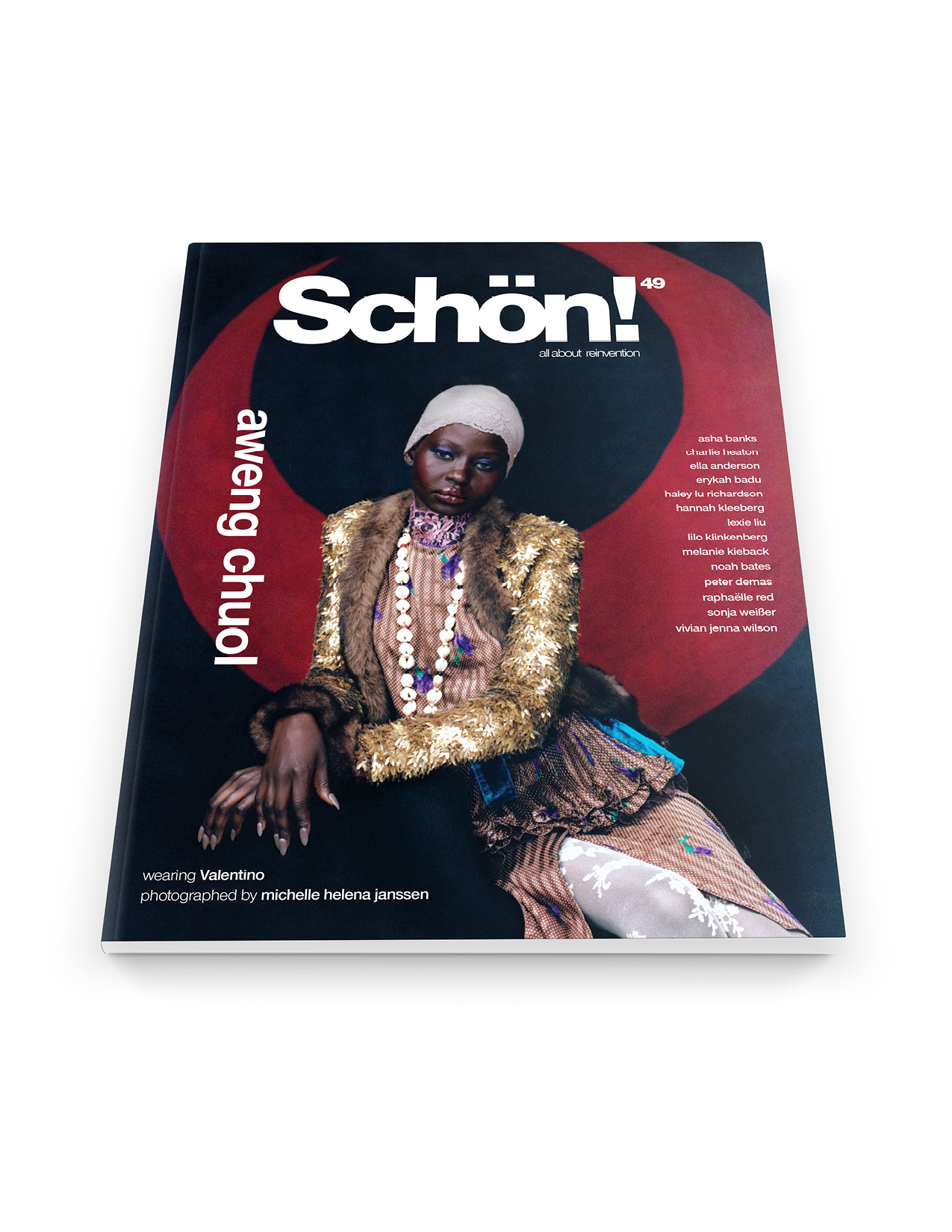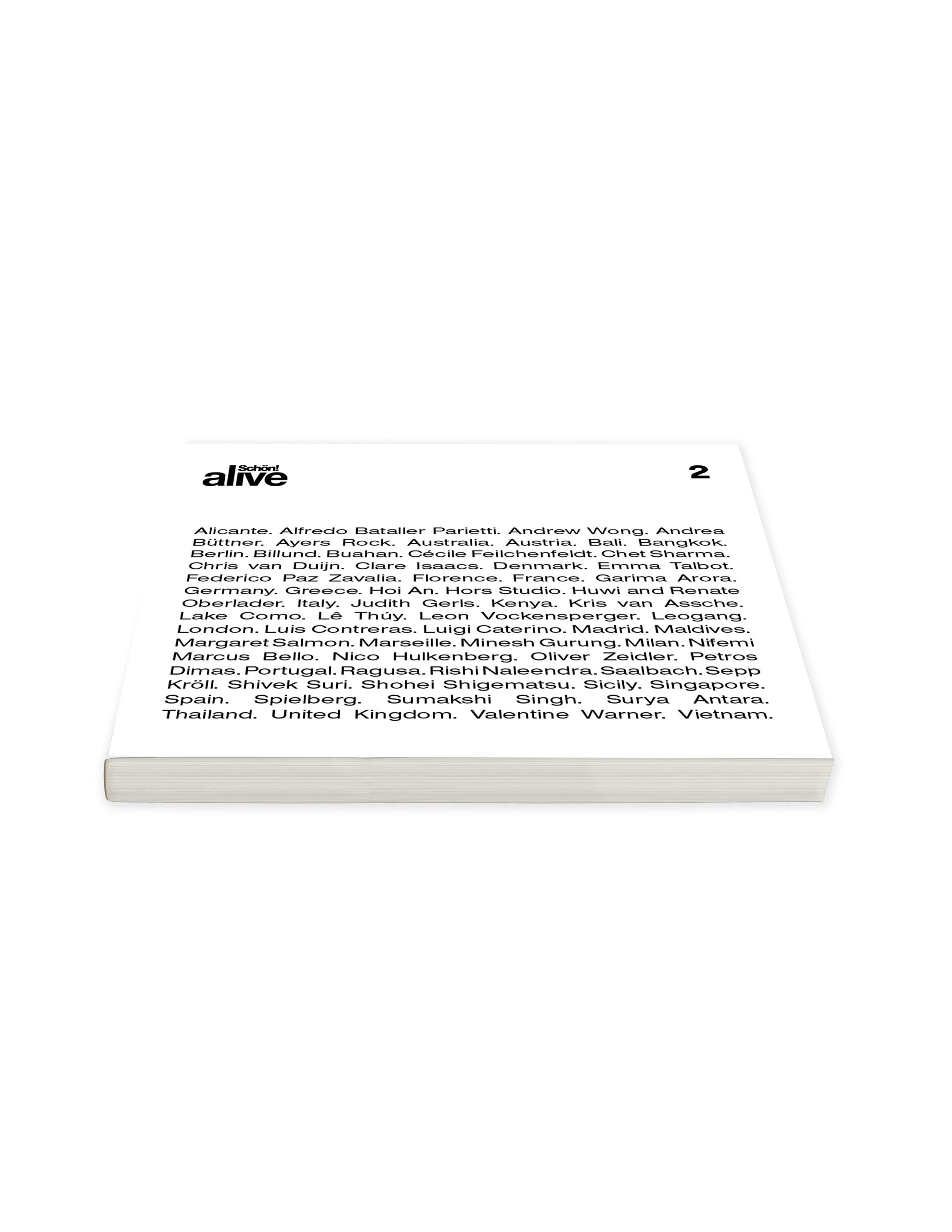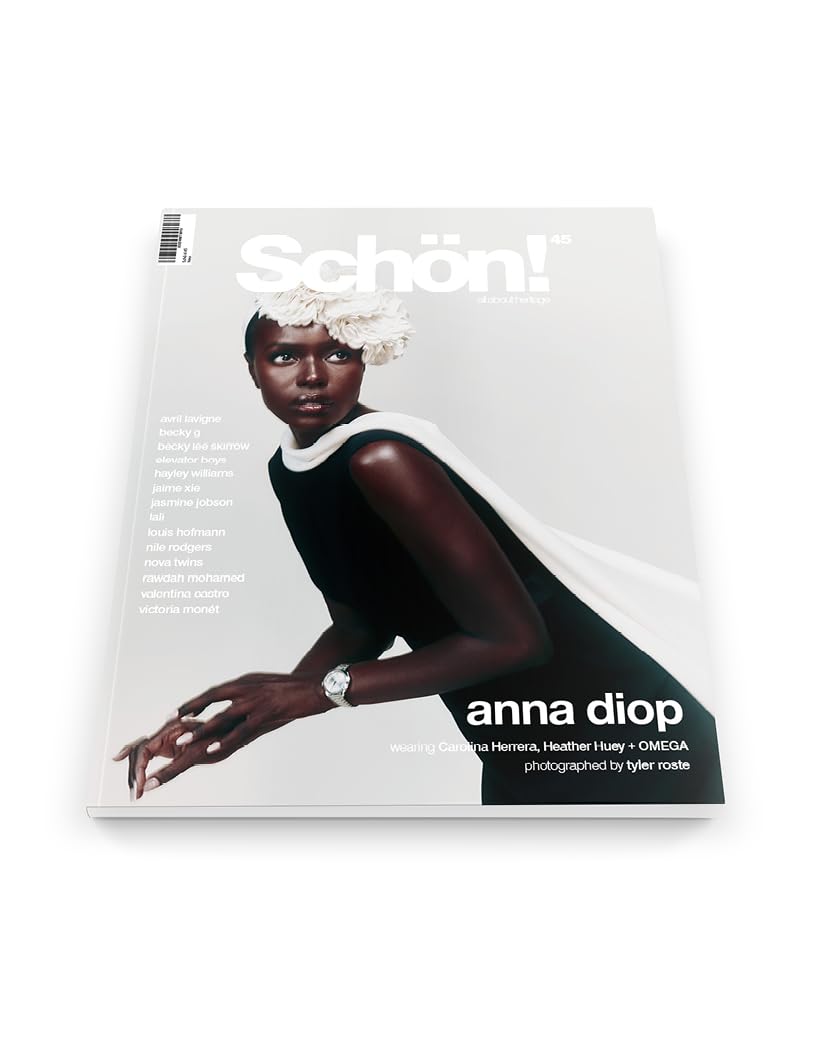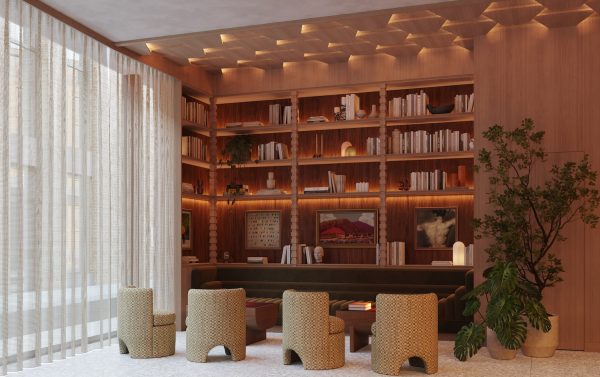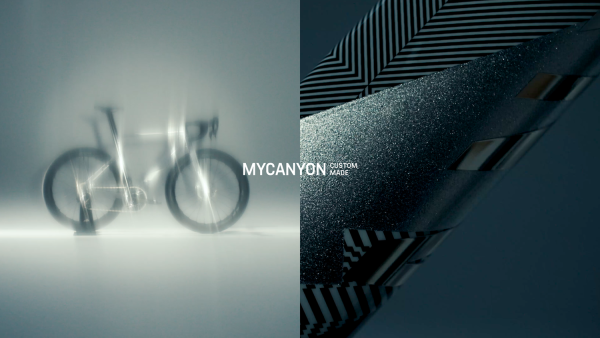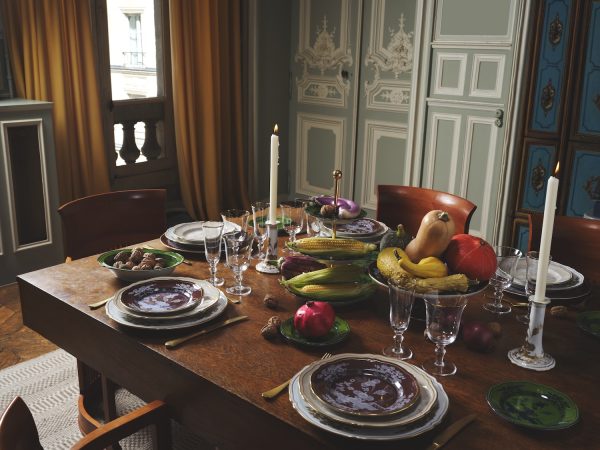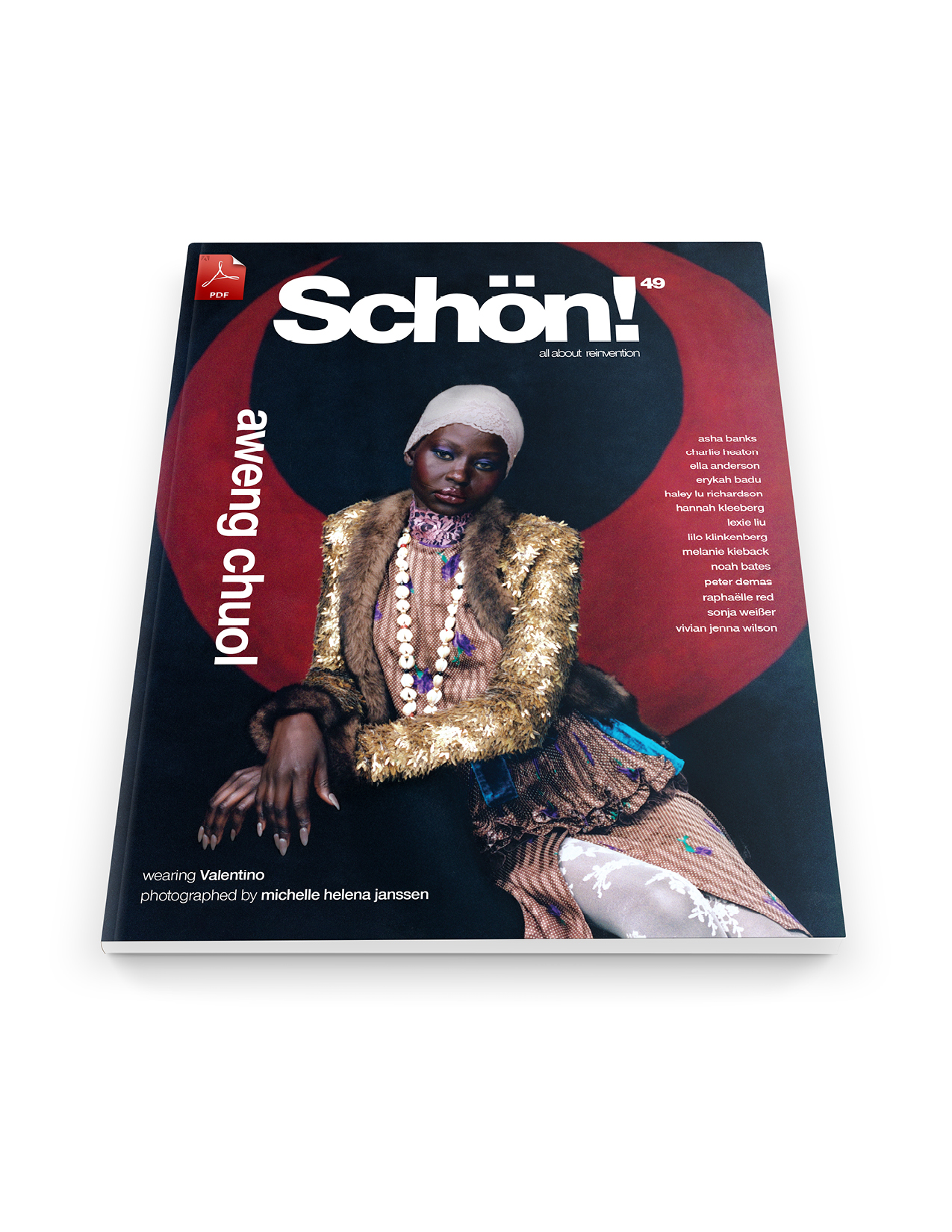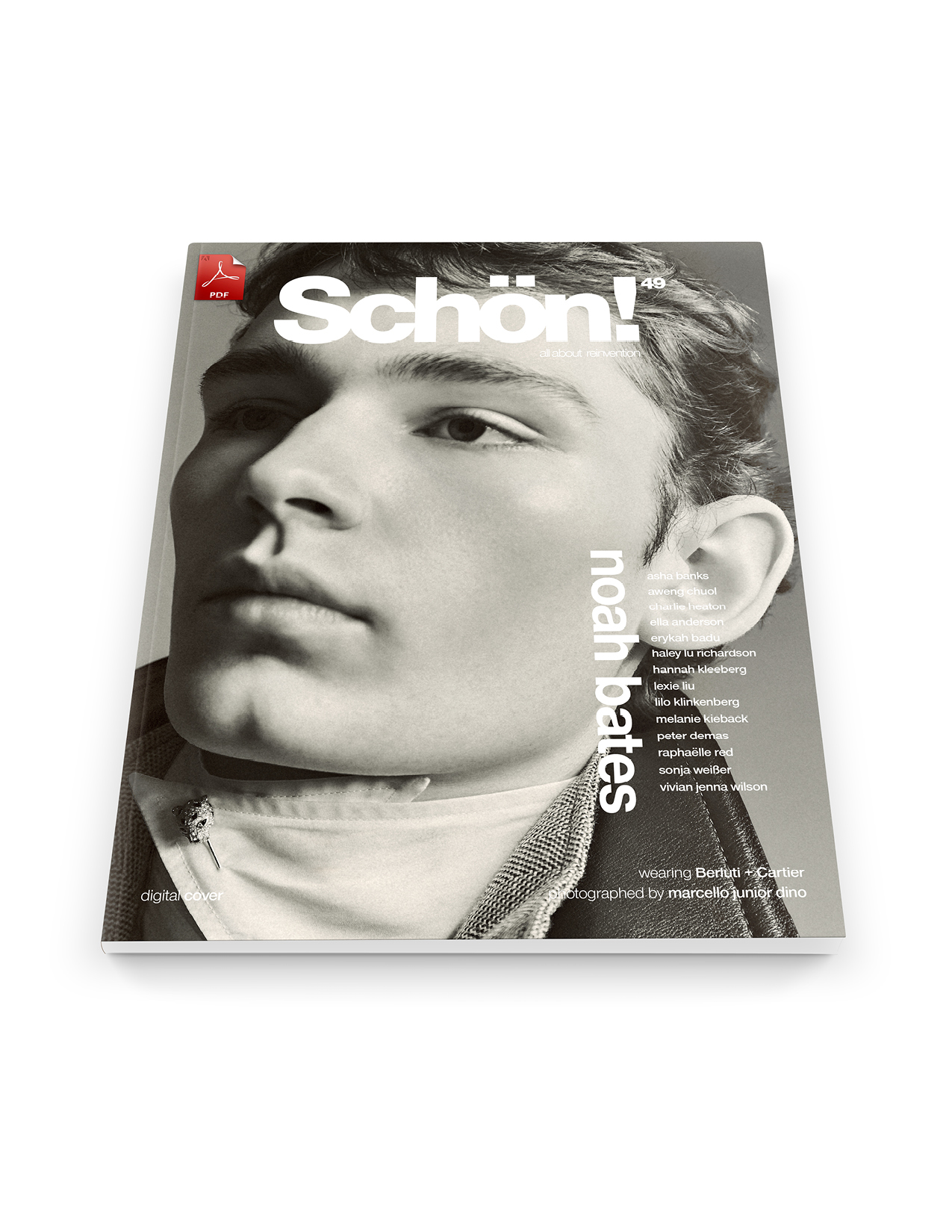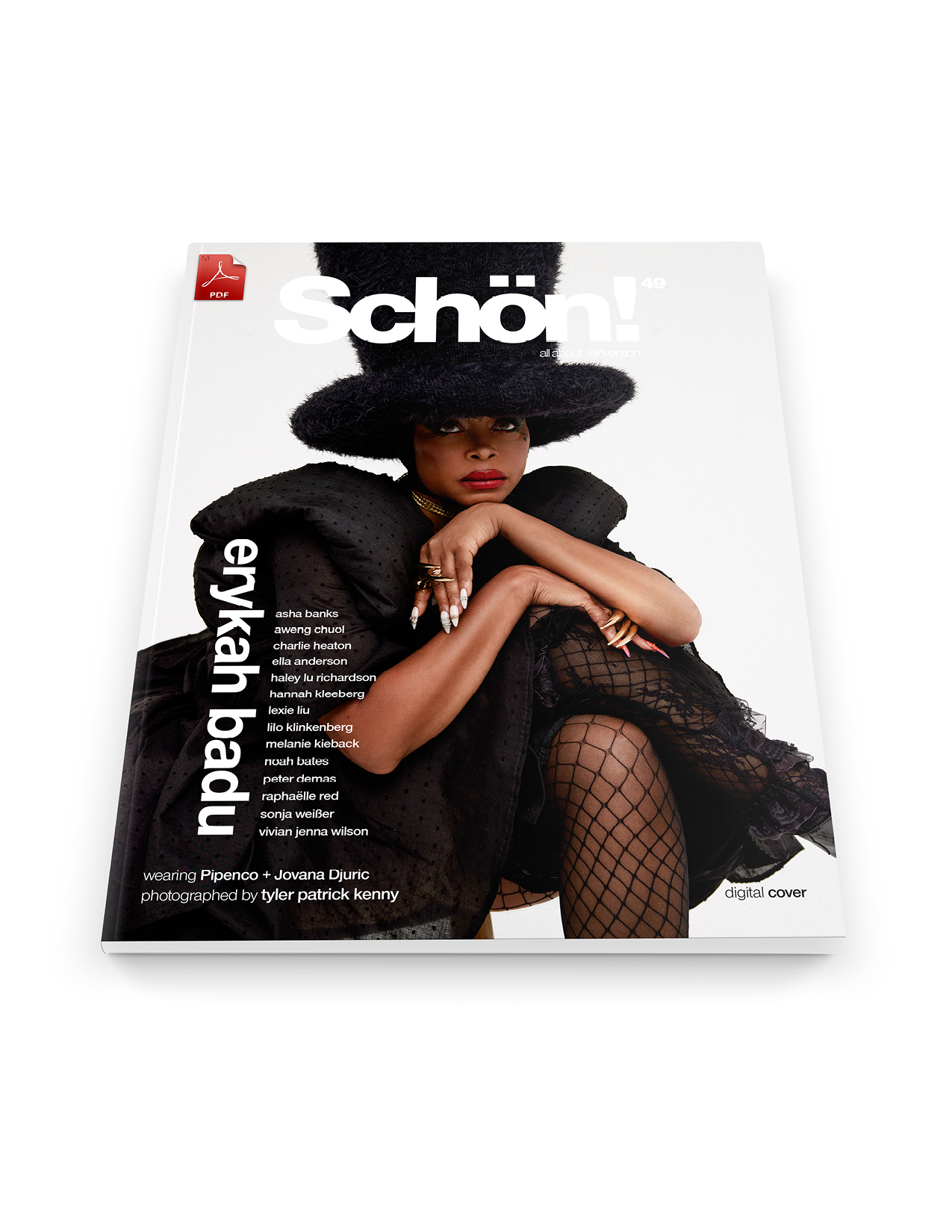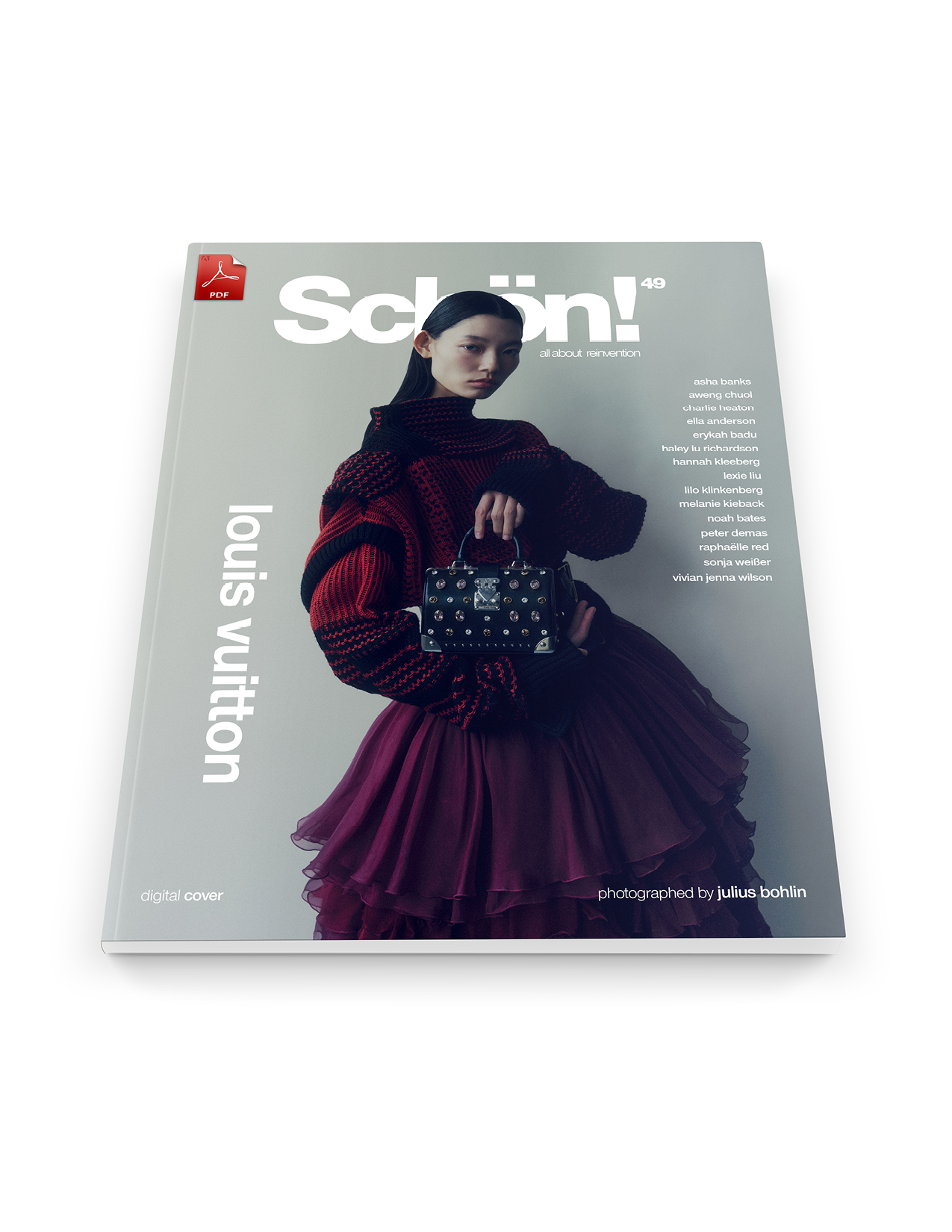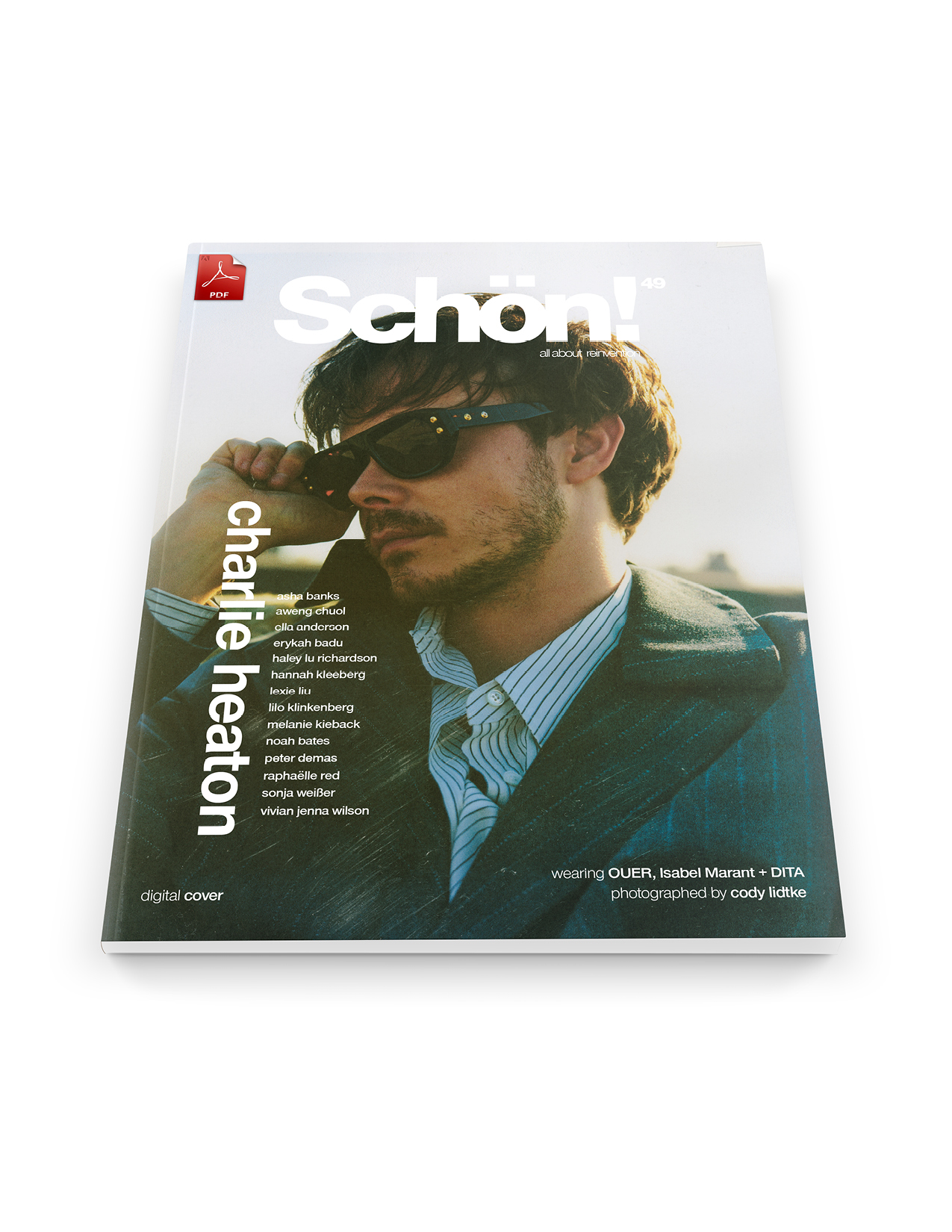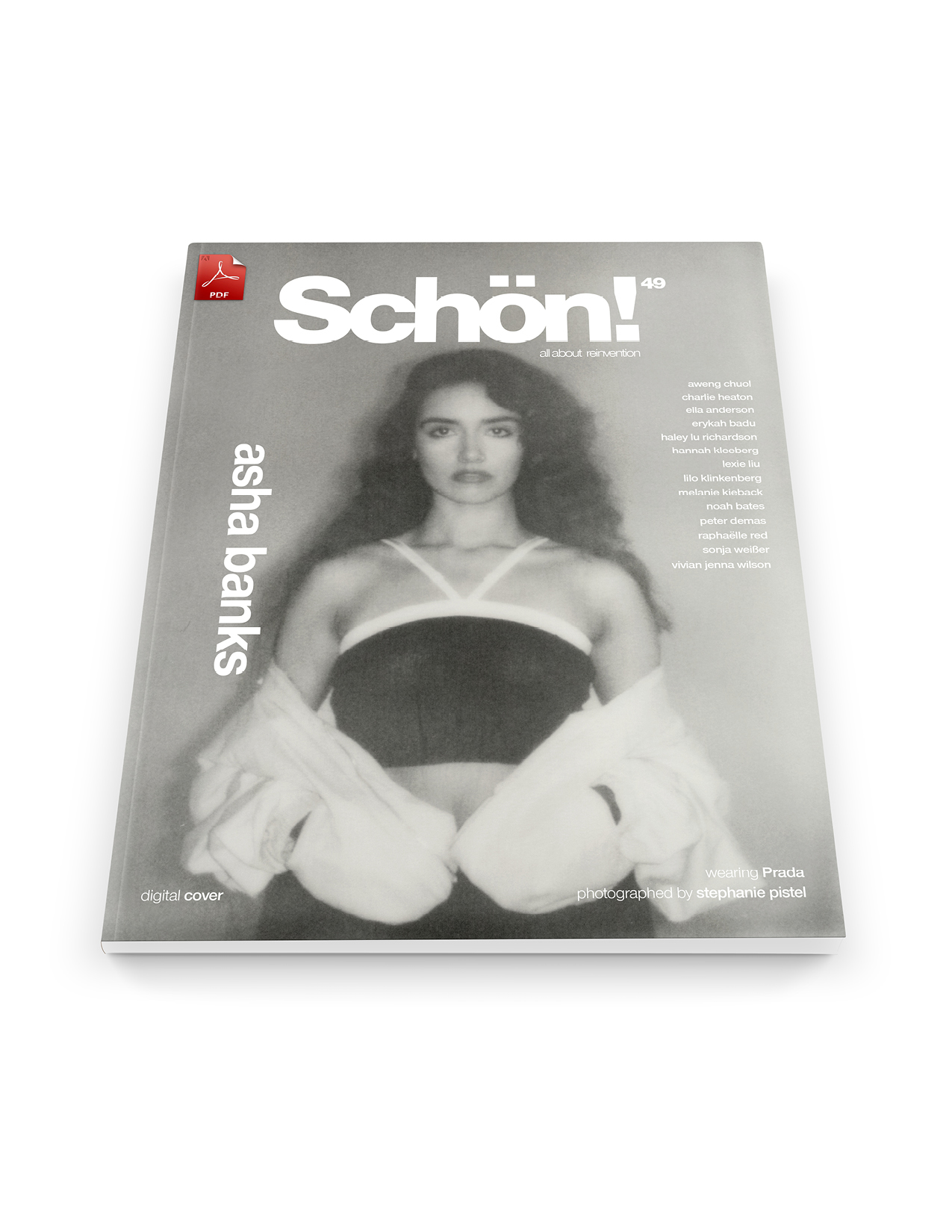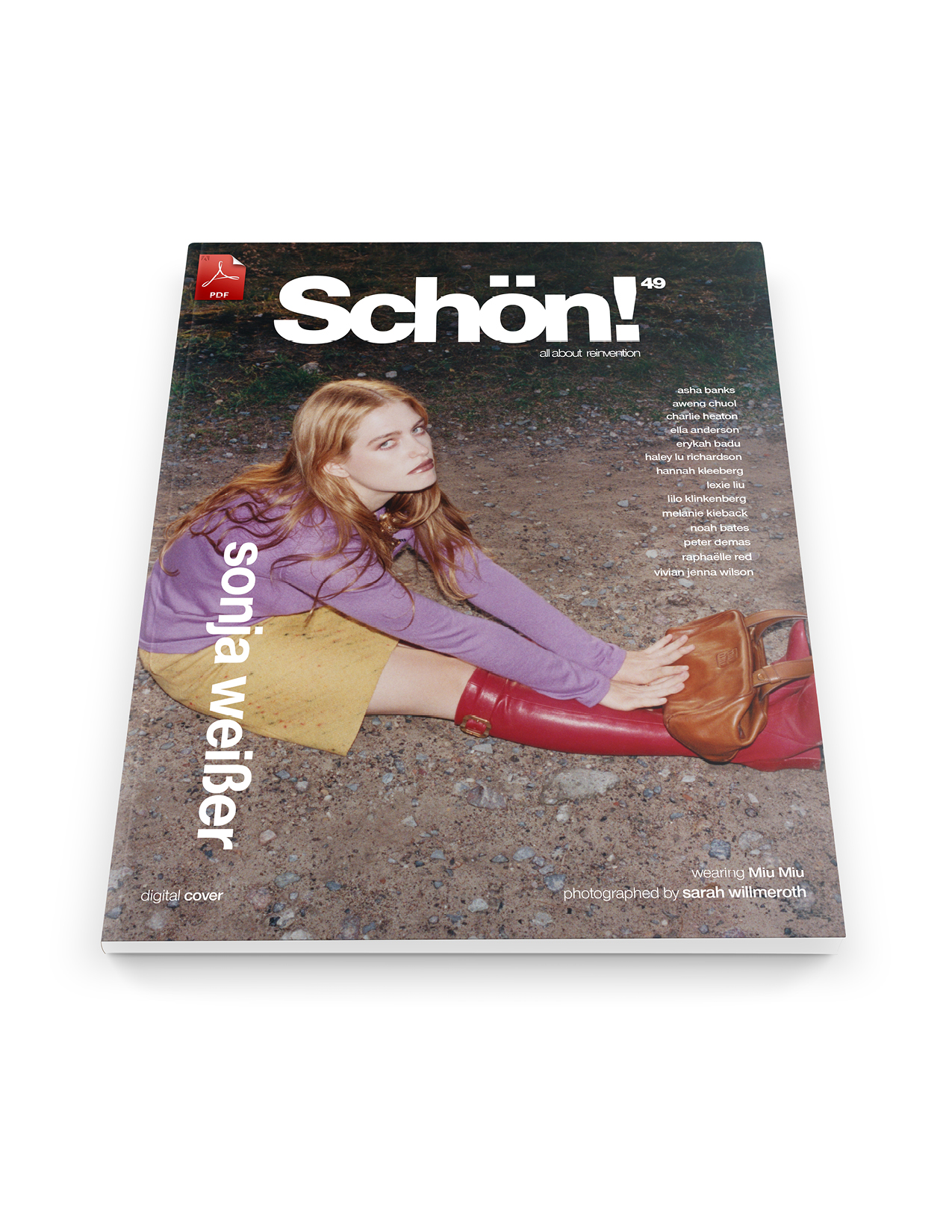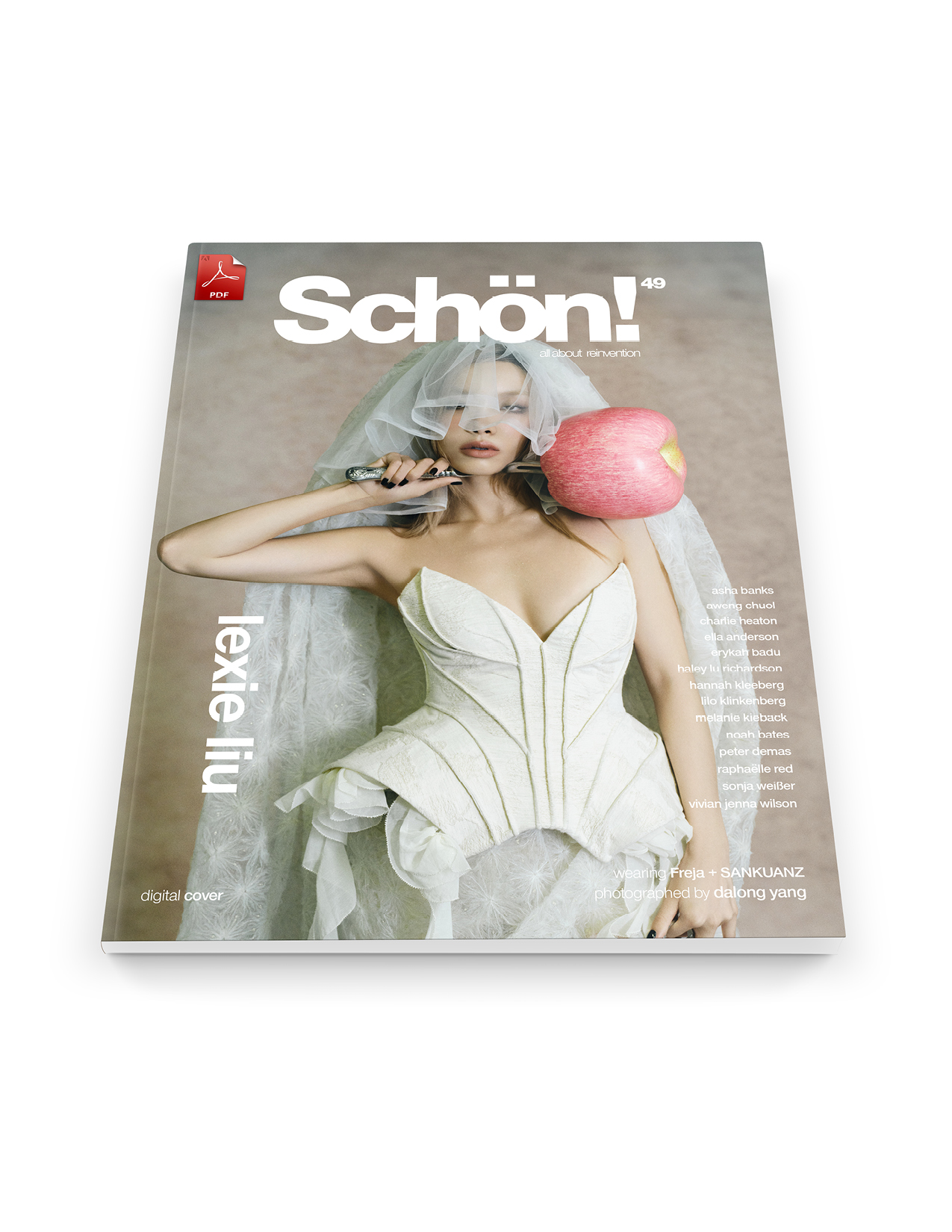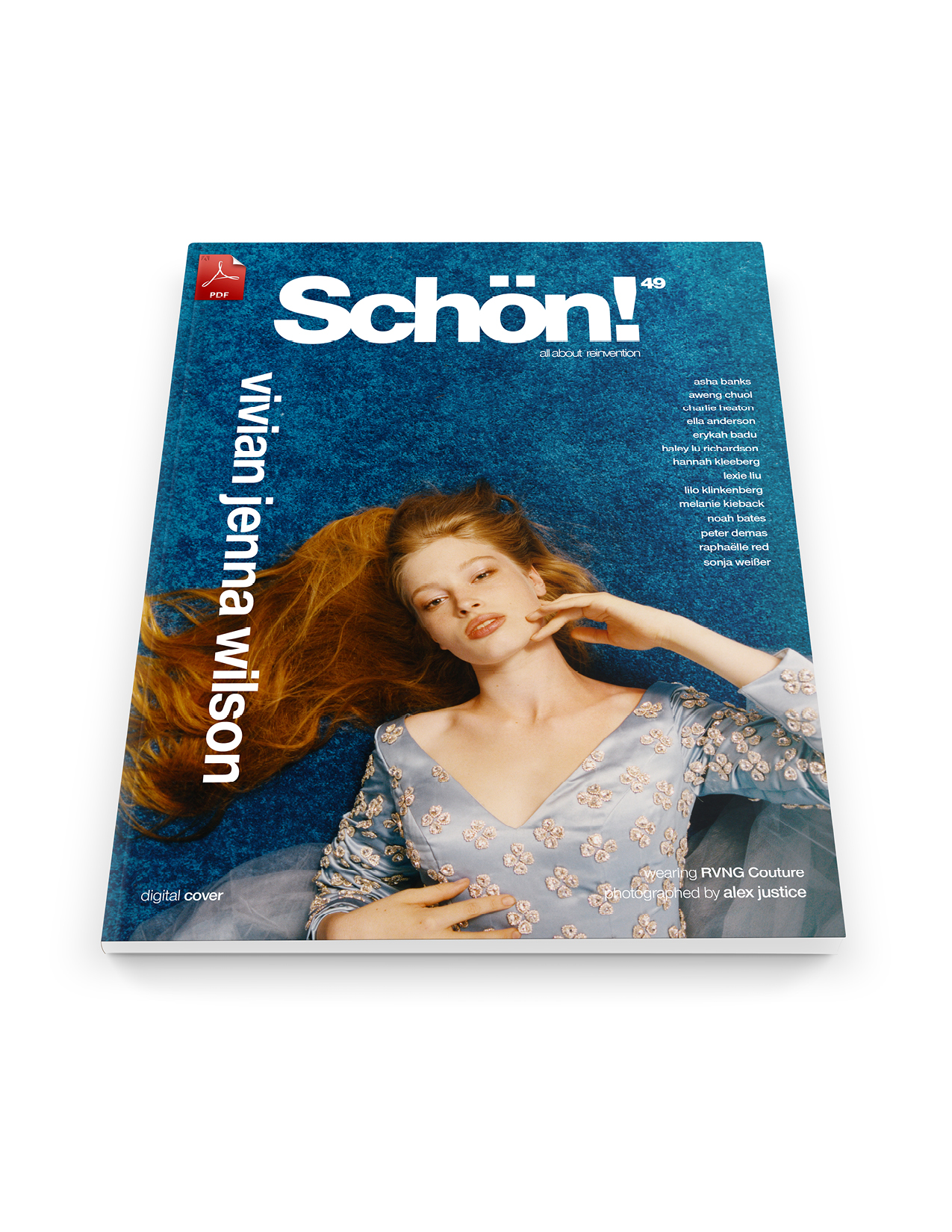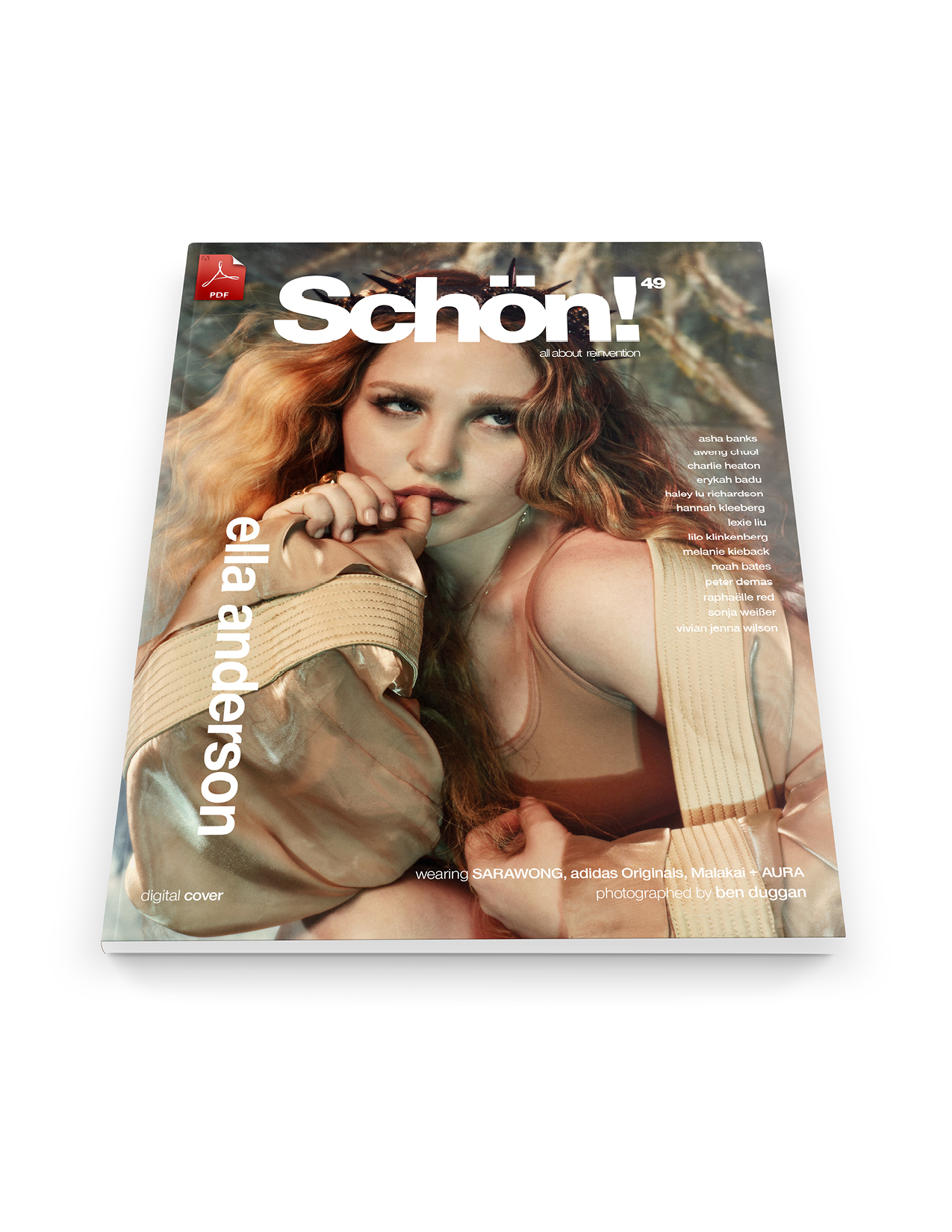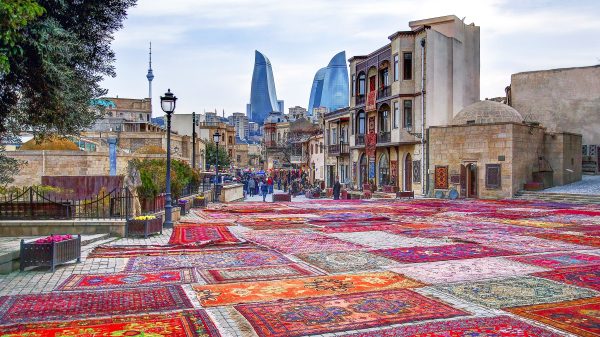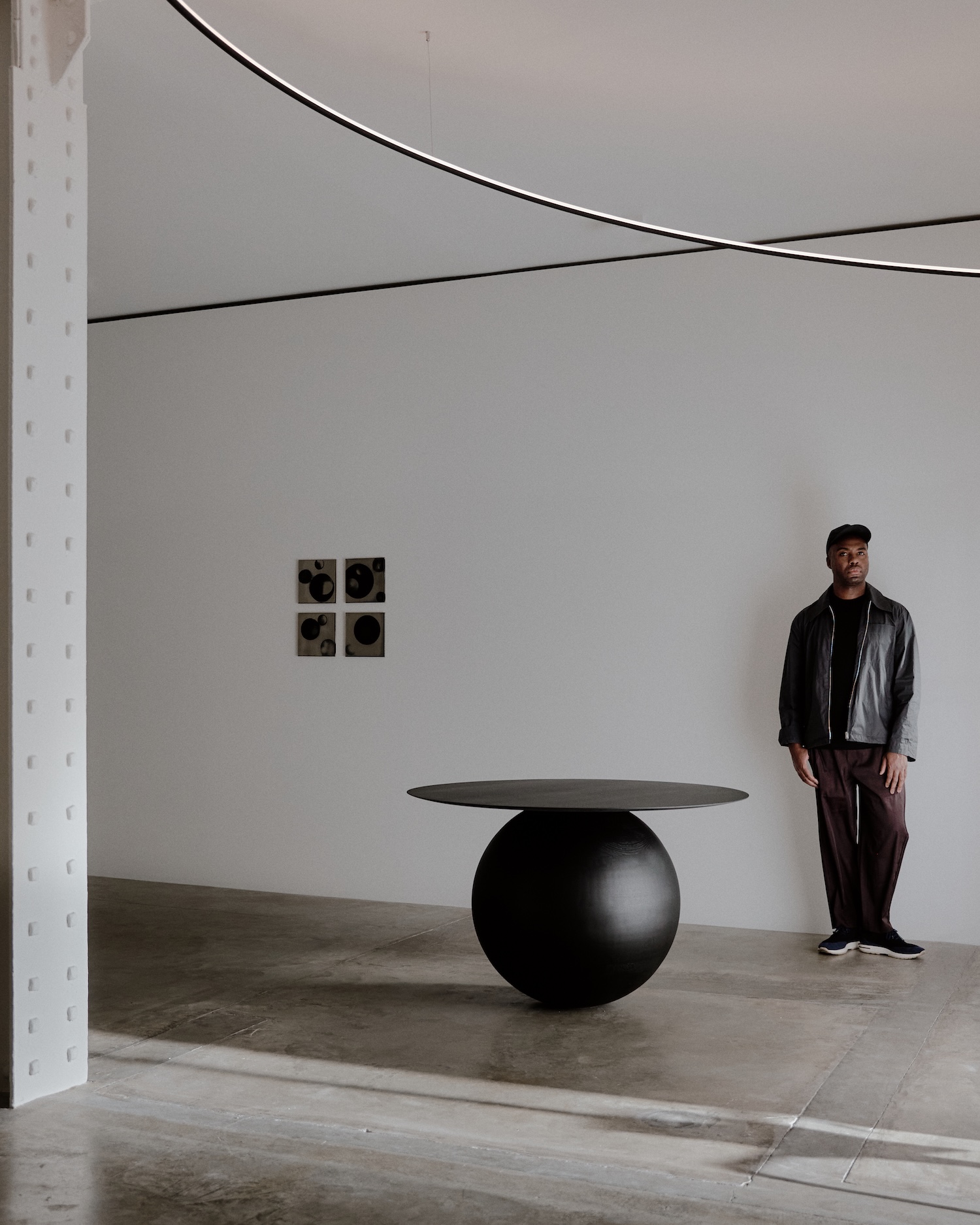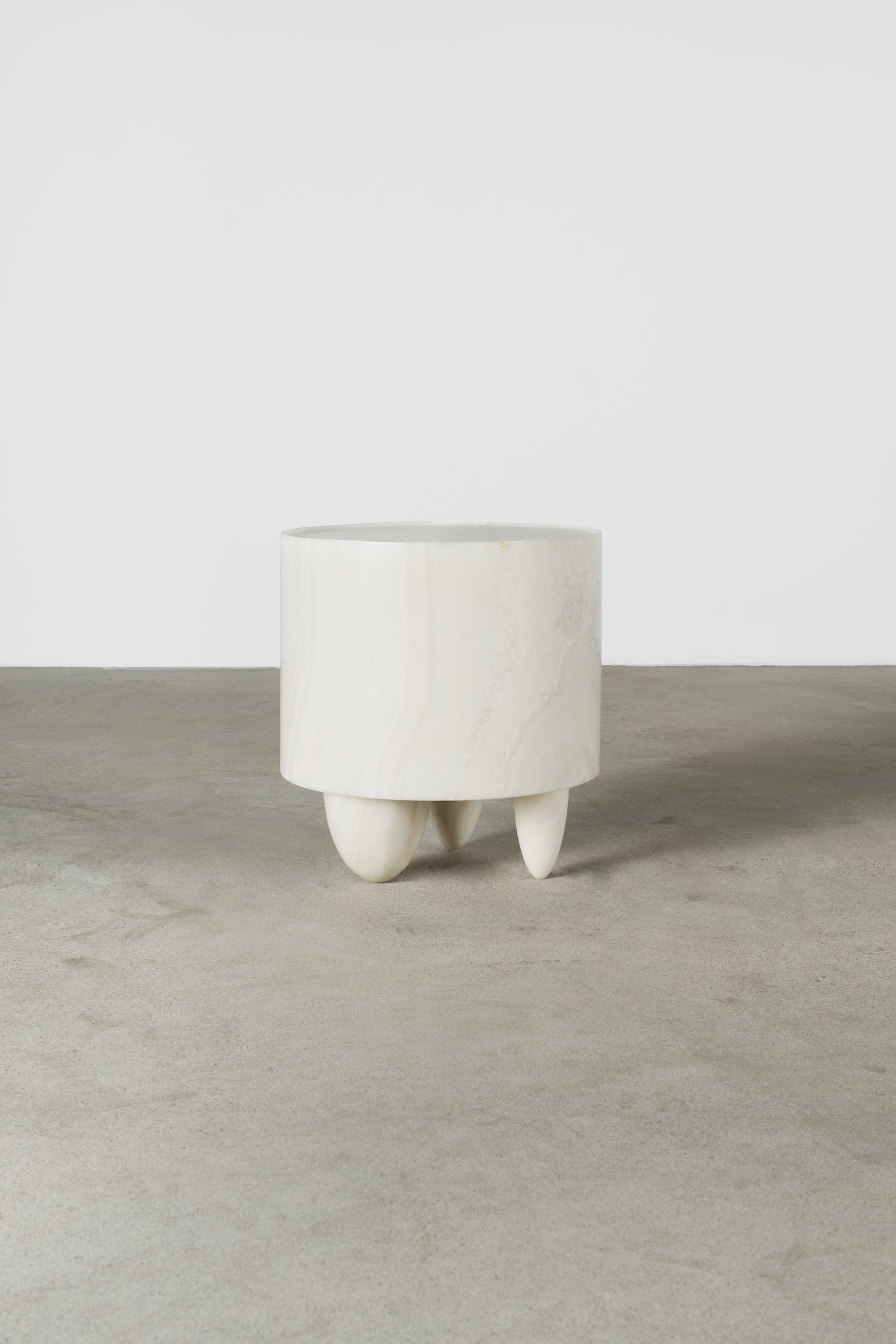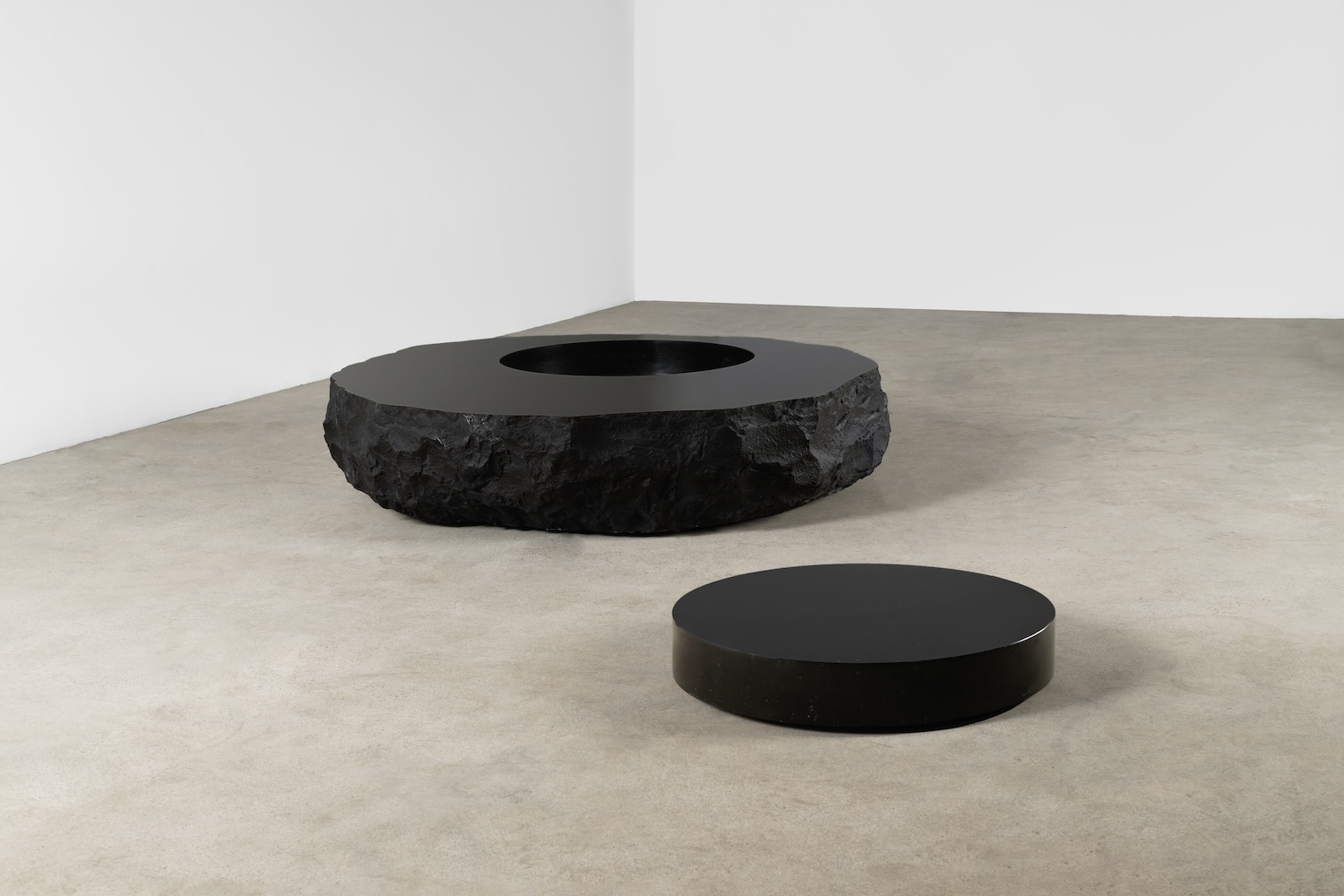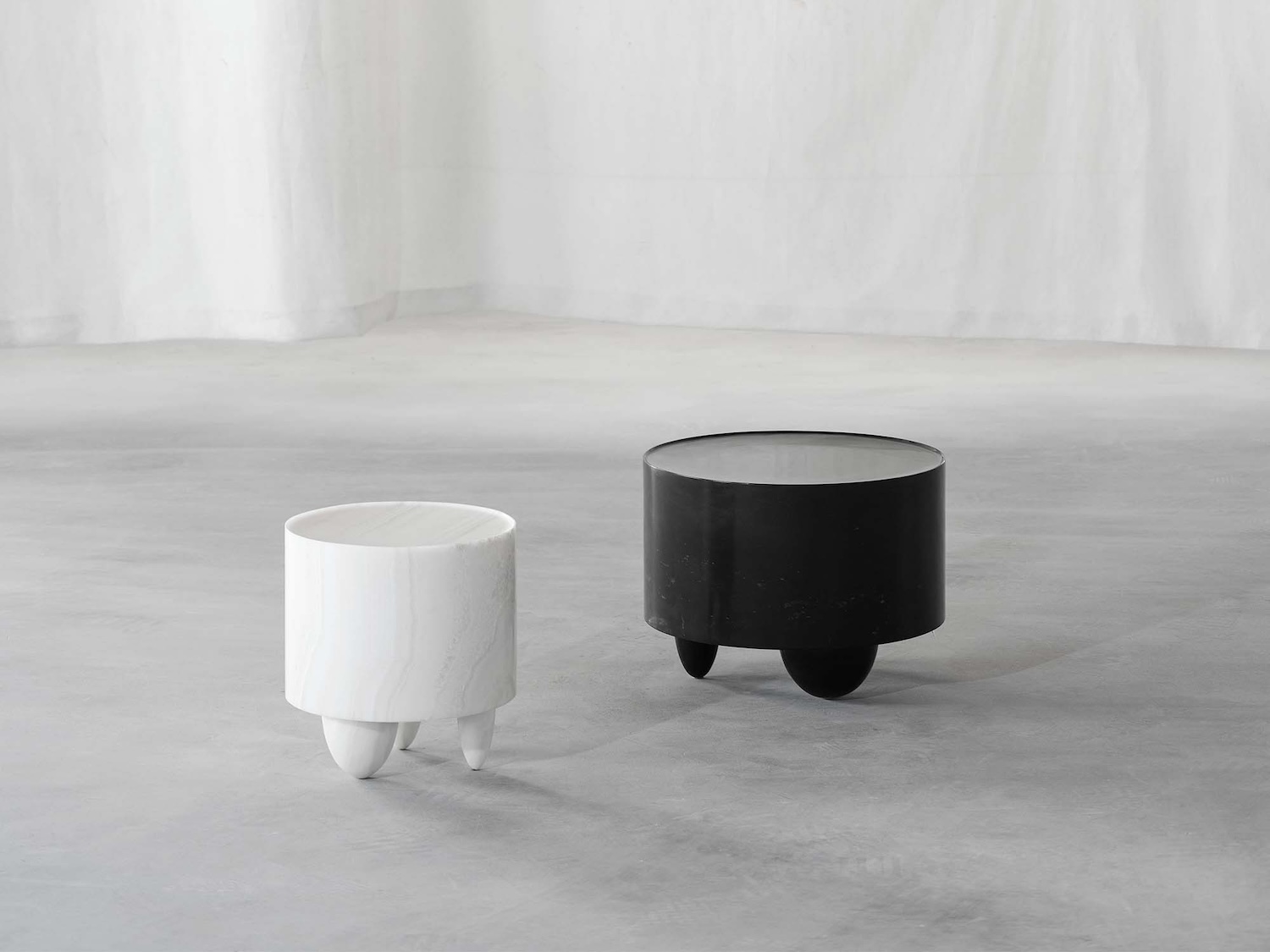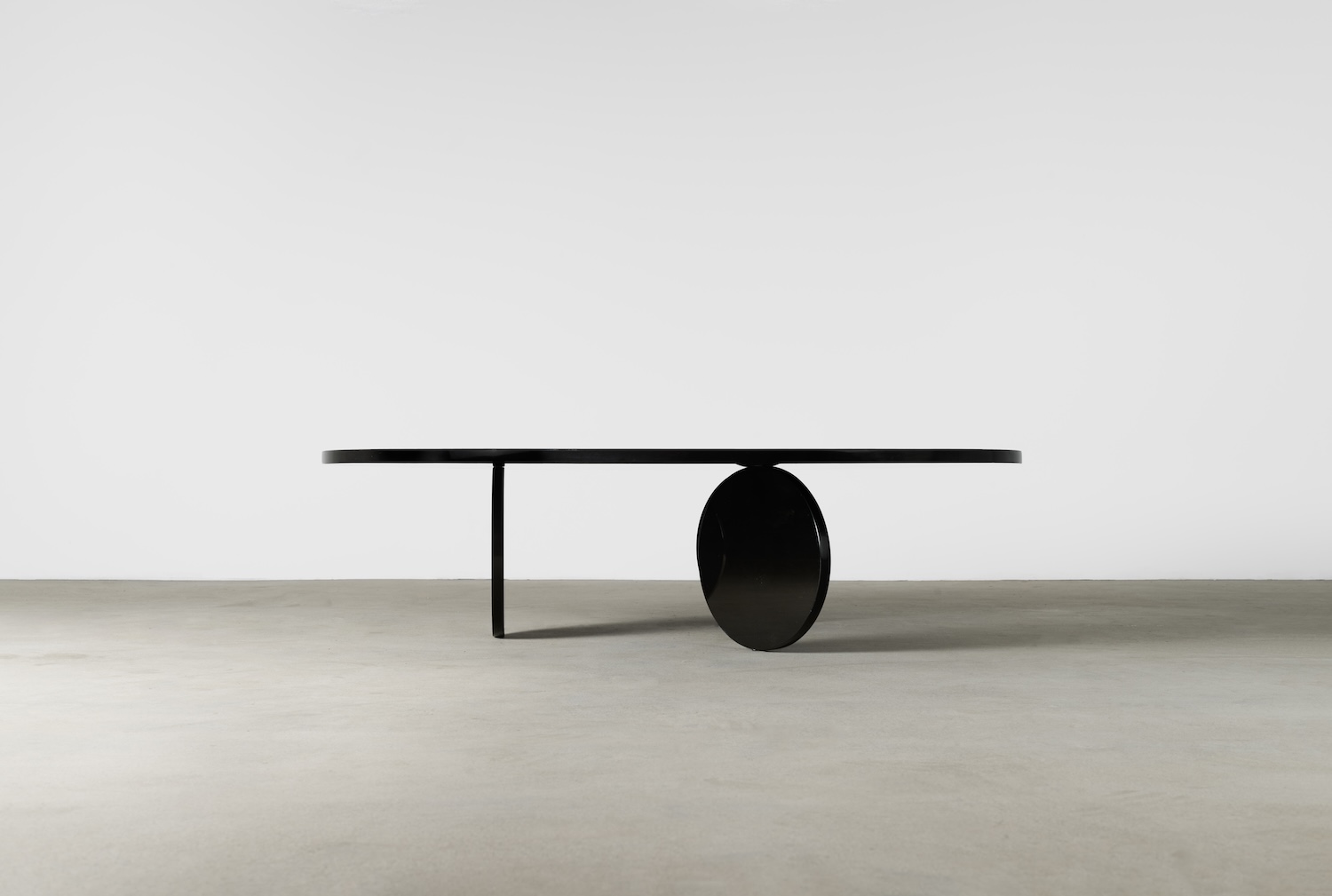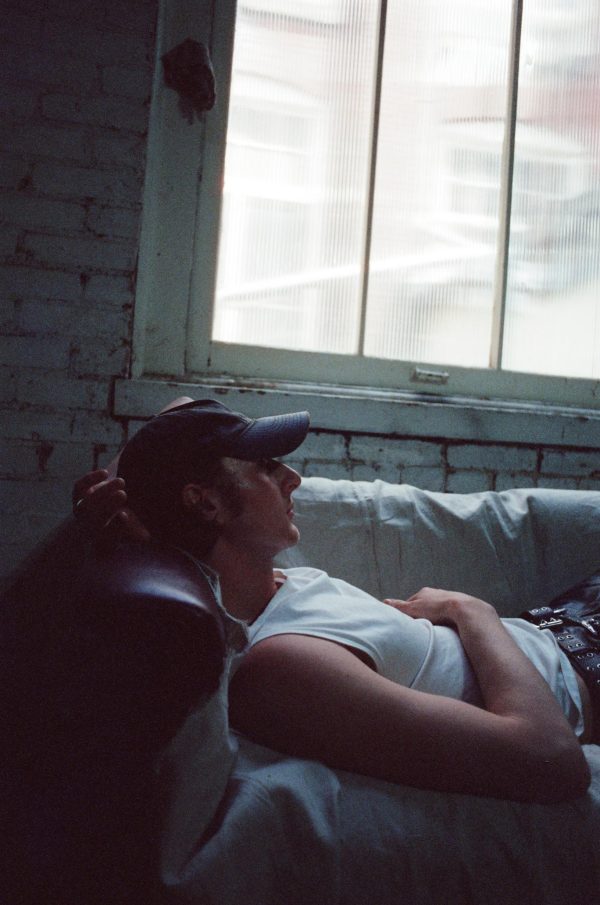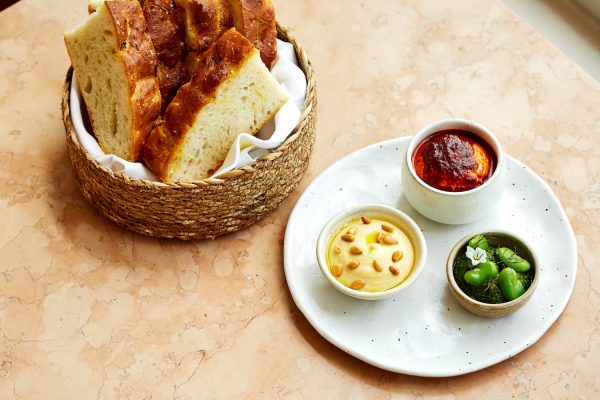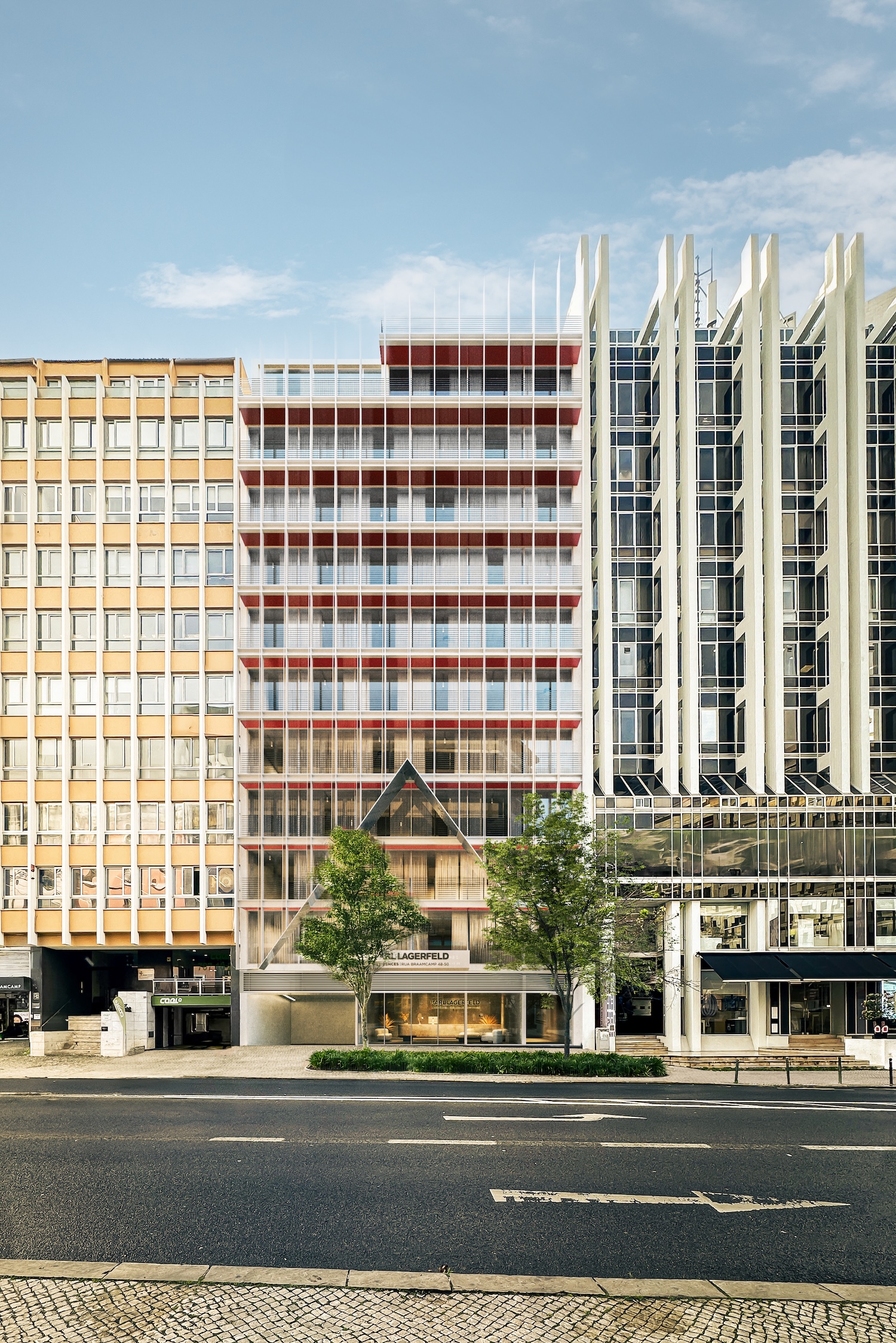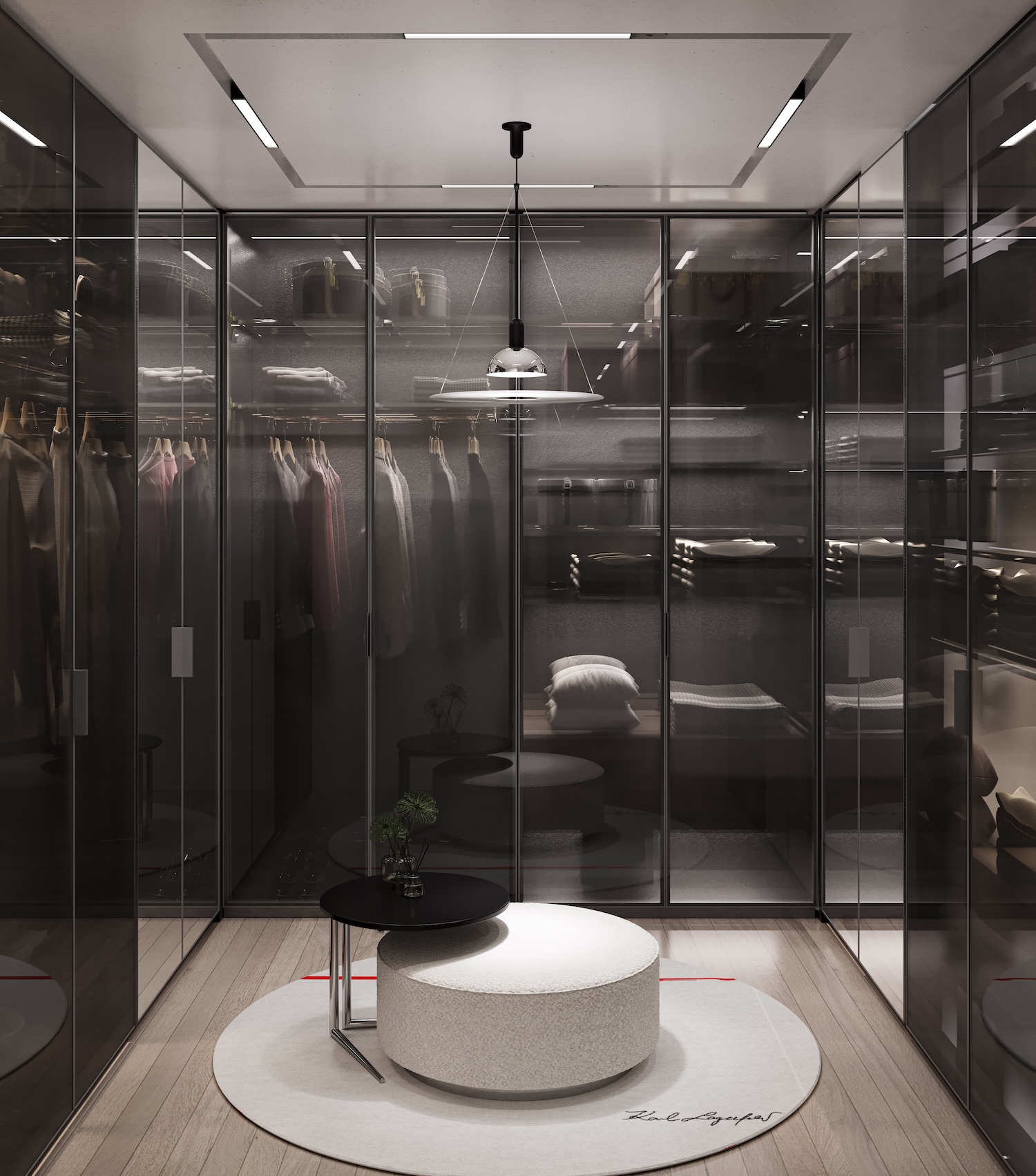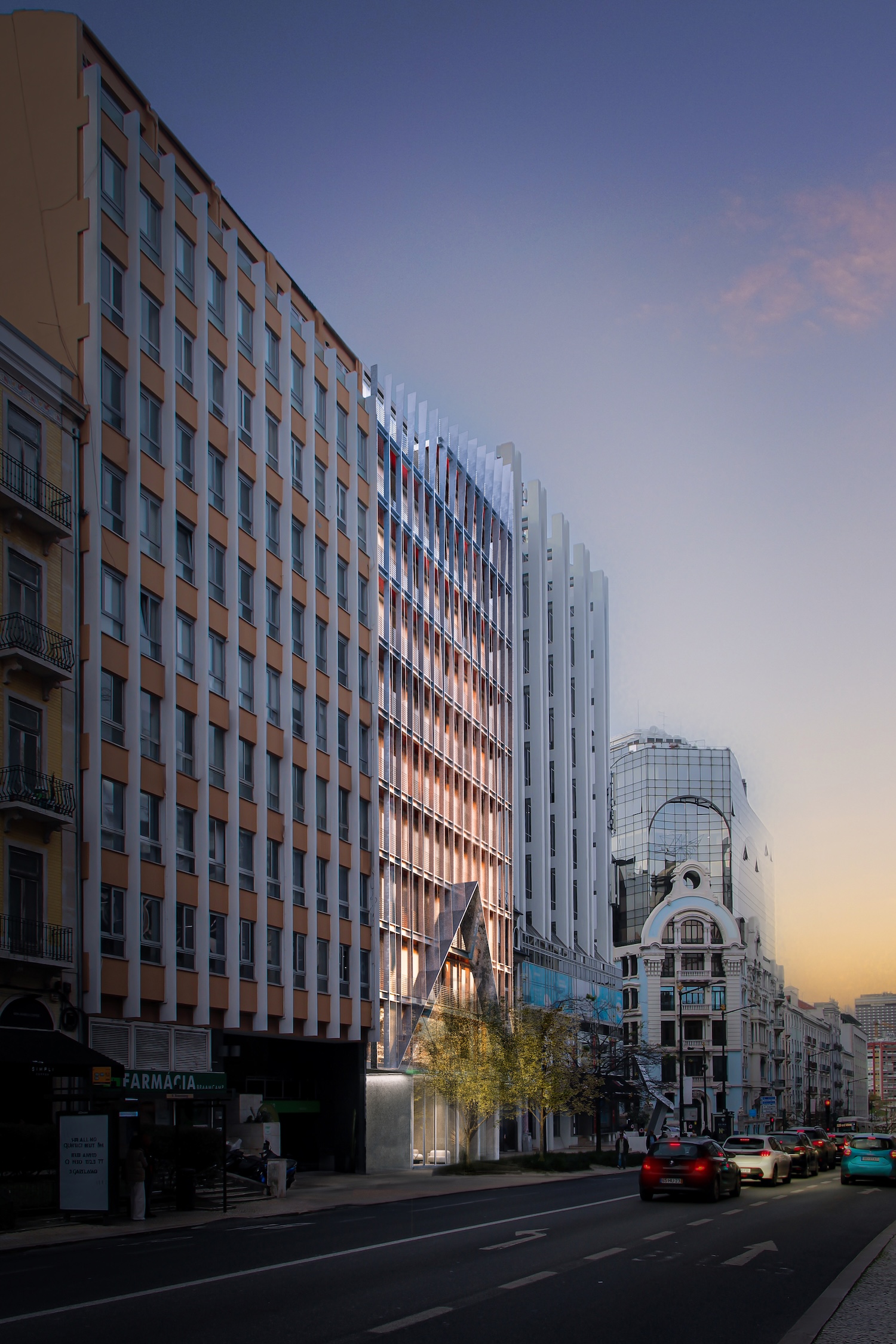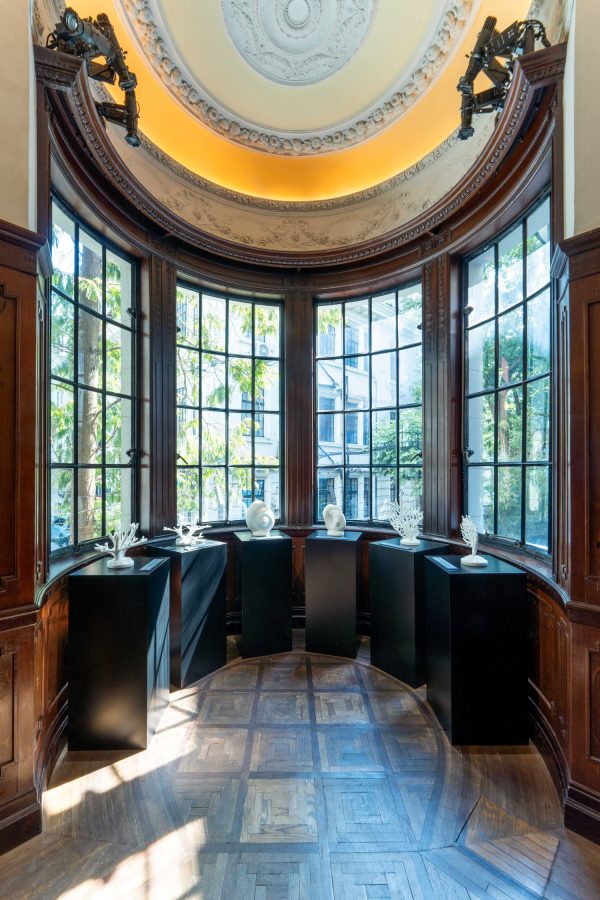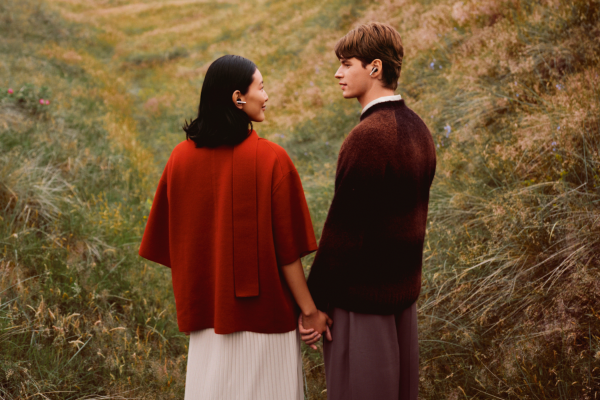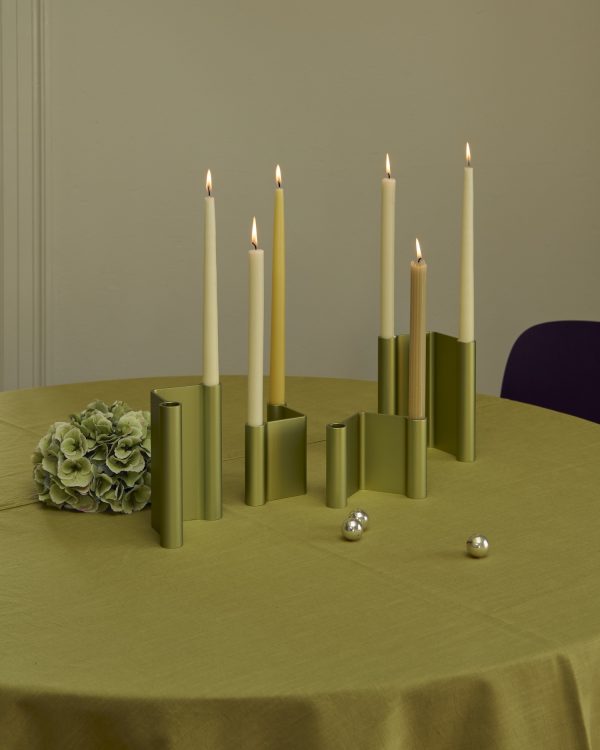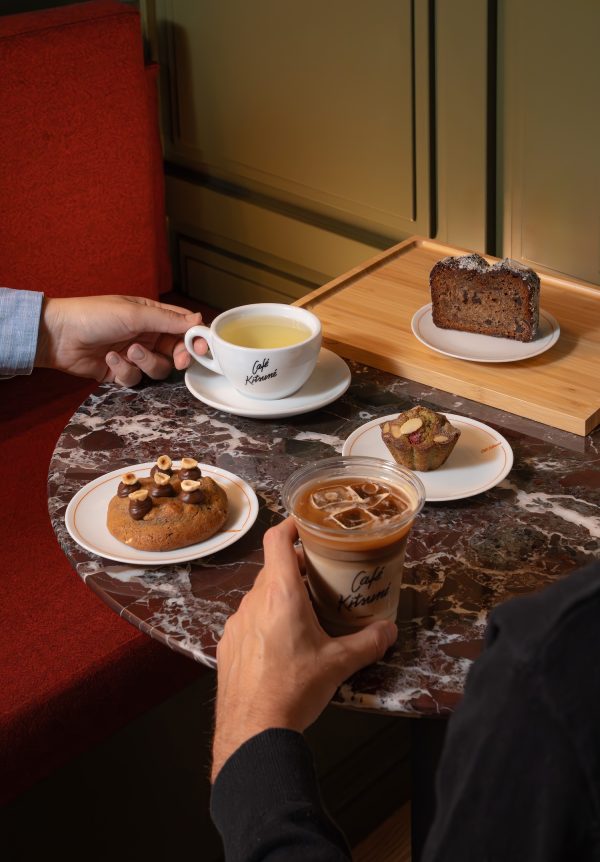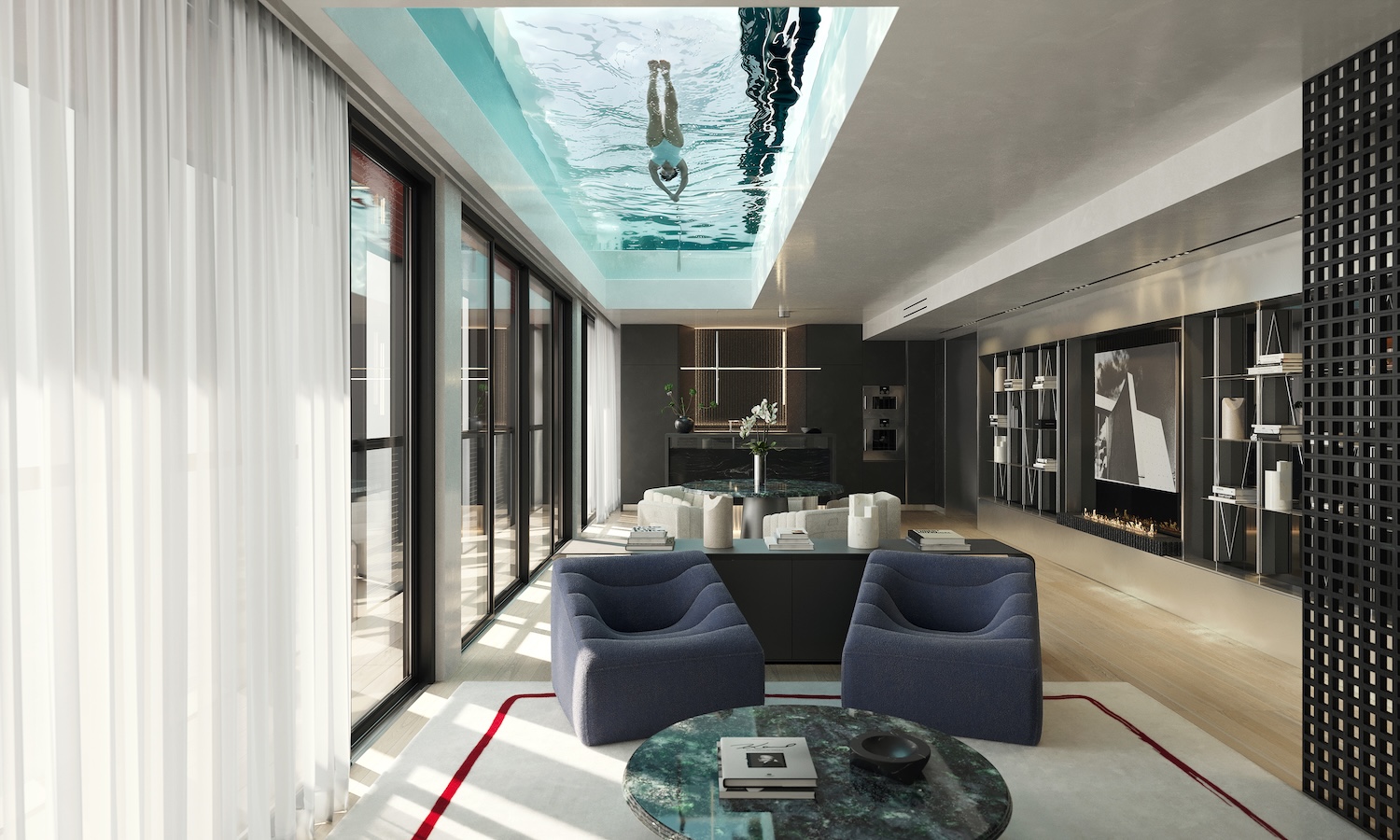
Lisbon’s skyline is about to get a serious touch of high-fashion edge. Karl Lagerfeld, the brand that carries the torch of the late designer’s colossal legacy, has announced its very first branded residential project in Portugal. It promises to be exactly as monochromatic, sharp and luxurious as you would expect.
While Karl Lagerfeld, the man, passed away in February 2019, his eponymous brand has continued to expand his aesthetic footprint across the globe, proving his vision is truly timeless. The Lisbon Residences are a key part of this legacy expansion, joining existing projects like the Karl Lagerfeld Macau hotel and the Villas Marbella, with Dubai Villas also forthcoming. The German designer himself, known primarily for his transformative work at Chanel, Fendi and his own label, was always heavily involved in architecture and interior design, often designing his own homes and studios.
Set to rise at Rua Braamcamp 48–50, just a few steps from the designer-lined Avenida da Liberdade, Karl Lagerfeld Residences Lisboa represents a piece of habitable couture designed to bring a touch of Parisian rock-chic to the sunny capital.
“Karl believed great design should be lived in, not just admired,” says Lagerfeld’s CEO, Pier Paolo Righi. “With every residence, our aim is to create a place that feels personal and true to Karl’s world. The Karl spirit comes through not only in the architecture and interiors, but in the way the concierge greets you, the calm of the spa, and the thoughtful touches that shape everyday life.”
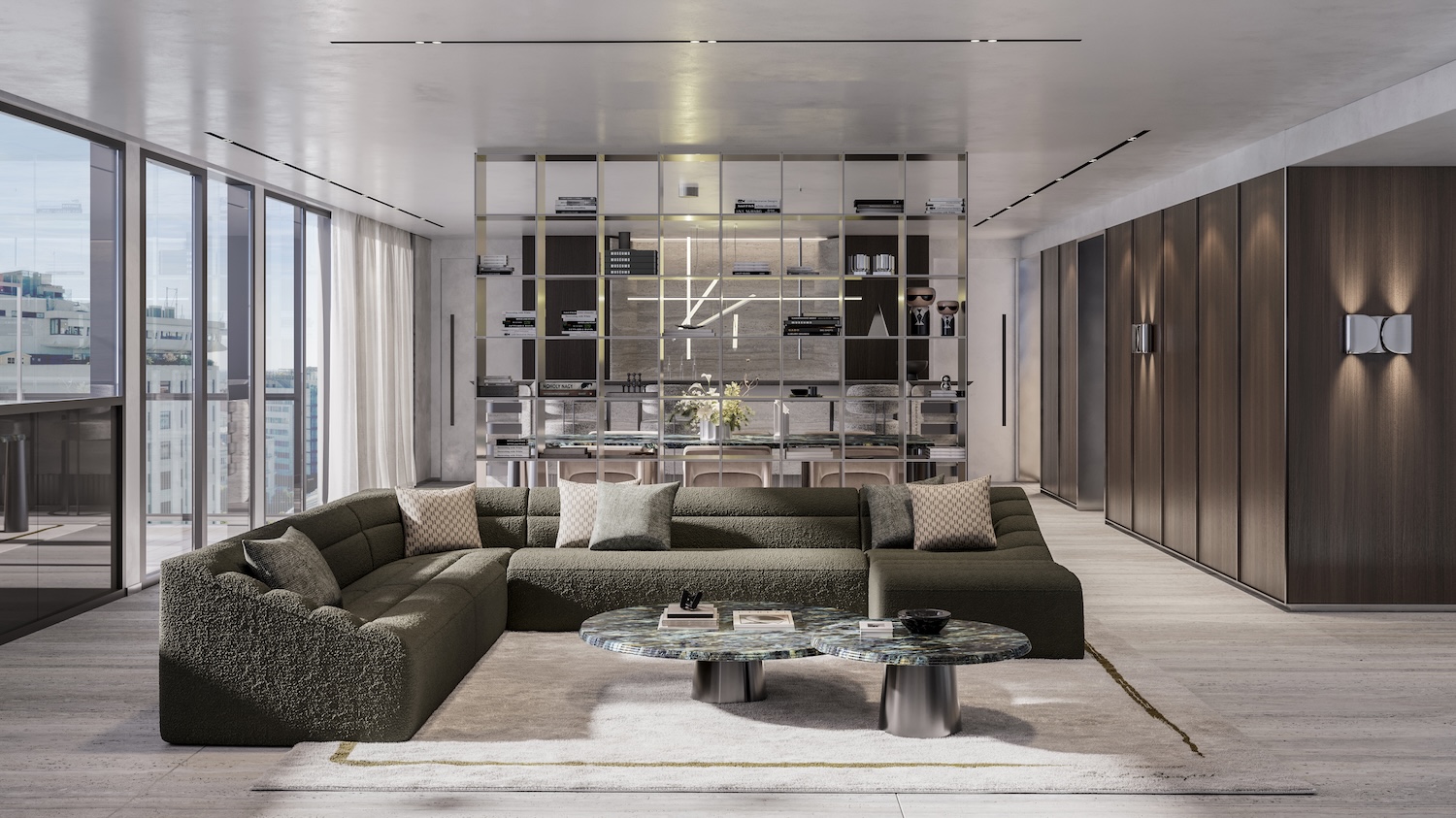
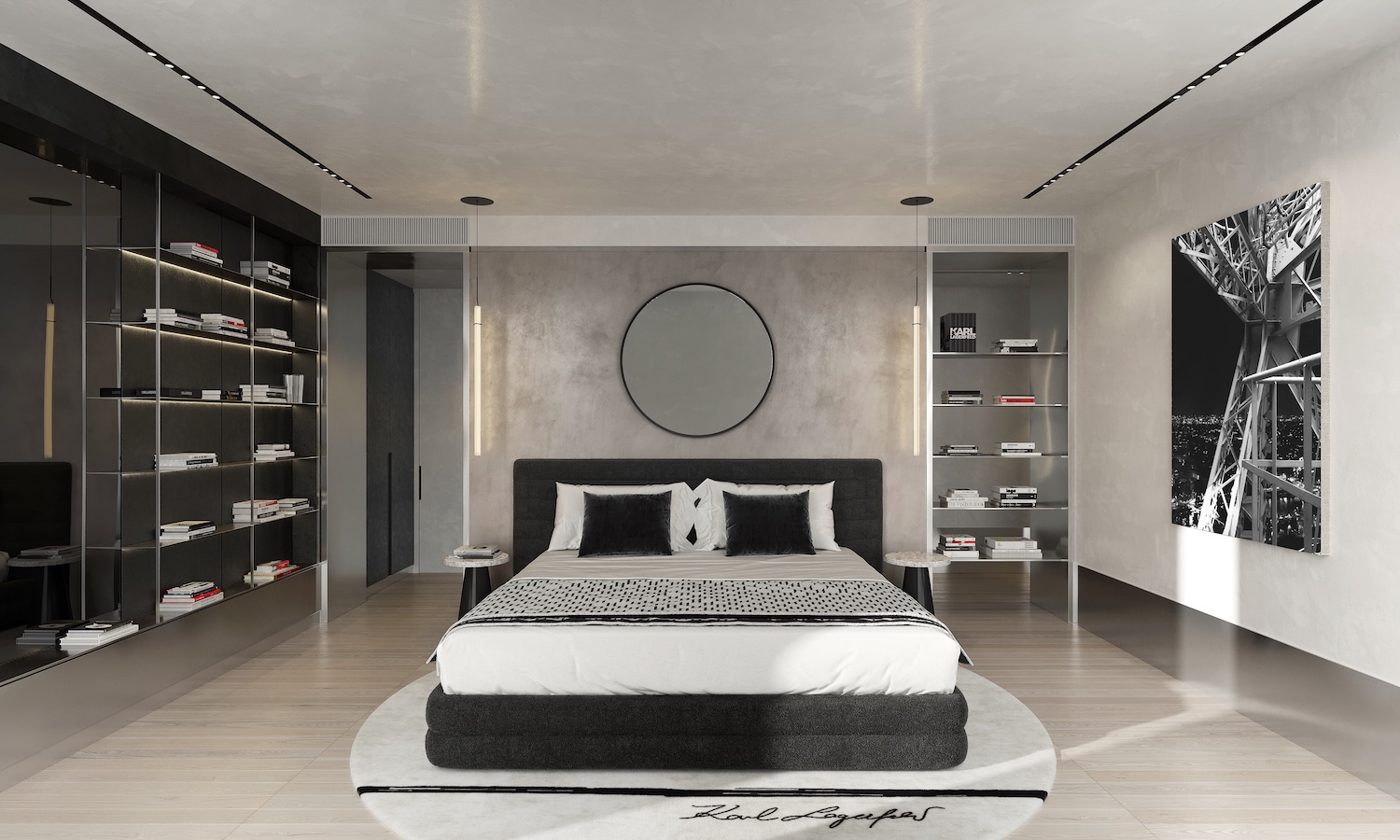
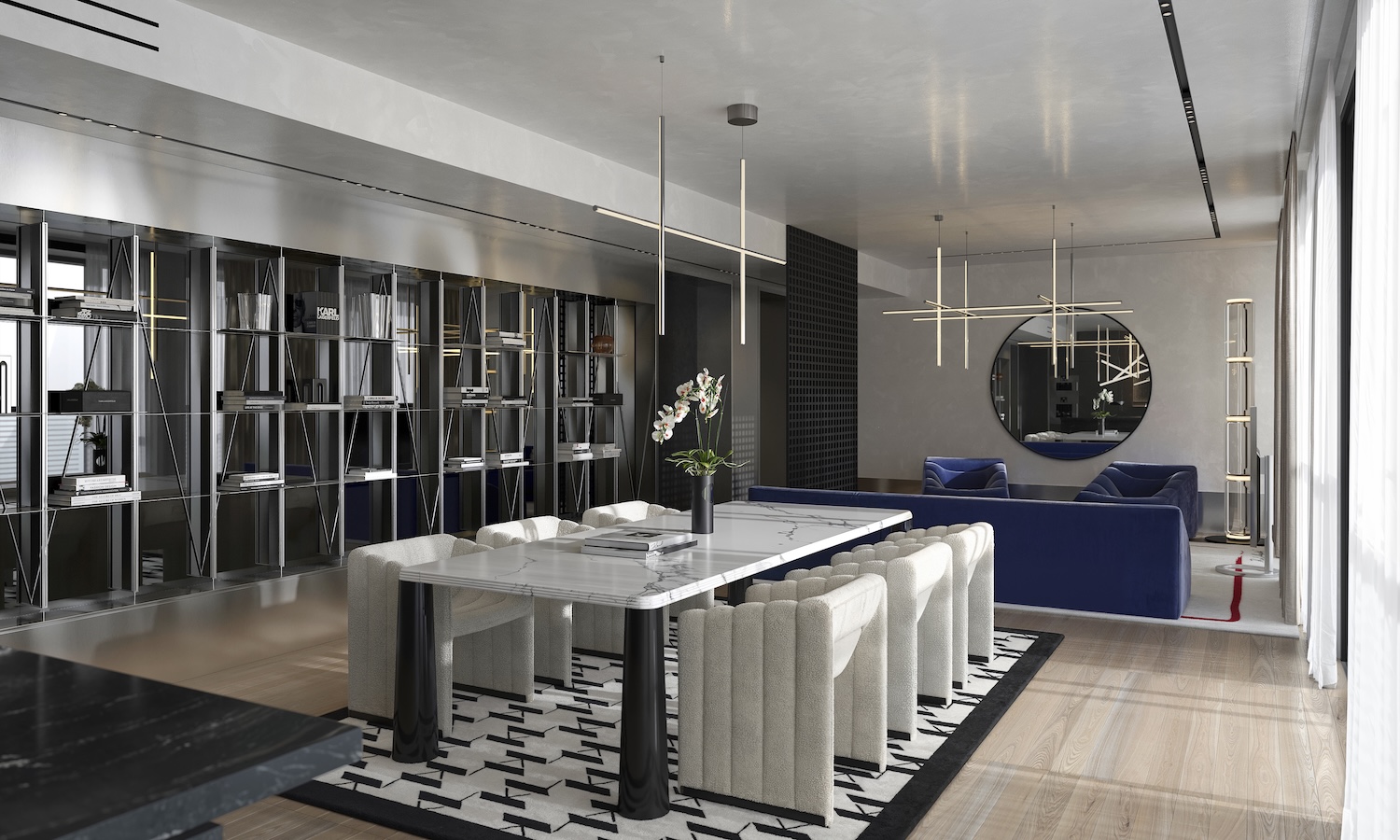
This project, developed in partnership with Portuguese developer OVERSEAS, marks a significant moment for Lisbon’s real estate market. While the city has long been celebrated for its Pombaline order and azulejo charm, it is rapidly evolving into a playground for the global elite. By planting its flag here, the Maison is confirming Lisbon’s status as a new capital of design.
“Together, we’ve imagined a residence that speaks to comfort, elegance and authenticity – a place that reflects Karl Lagerfeld’s enduring legacy and the city’s timeless charm,” says Pedro Vicente, CEO of OVERSEAS.
The architecture itself acts as a love letter to Karl’s creative process. Designed with a precise, Bauhaus-coded expression, the building features a sculptural V-shaped façade where vertical lines ascend toward the sky. But the detail that will delight true loyalists is the colour gradient. As the lines rise, they warm into shades of red, a loyal reinterpretation of the red border Karl Lagerfeld famously used to frame his sketches. It is a signature finish that is now being applied to the city itself.
Inside, the development is hyper-exclusive, comprising just ten apartments spread across eleven floors. The interiors were developed in collaboration with The One Atelier and are furnished by Karl Lagerfeld Maison, sticking to a rigorous, sophisticated palette. You can expect brushed steel, lacquer and Via Láctea stone (a granite that resembles a starry night), all warmed by Grigio-toned wood.
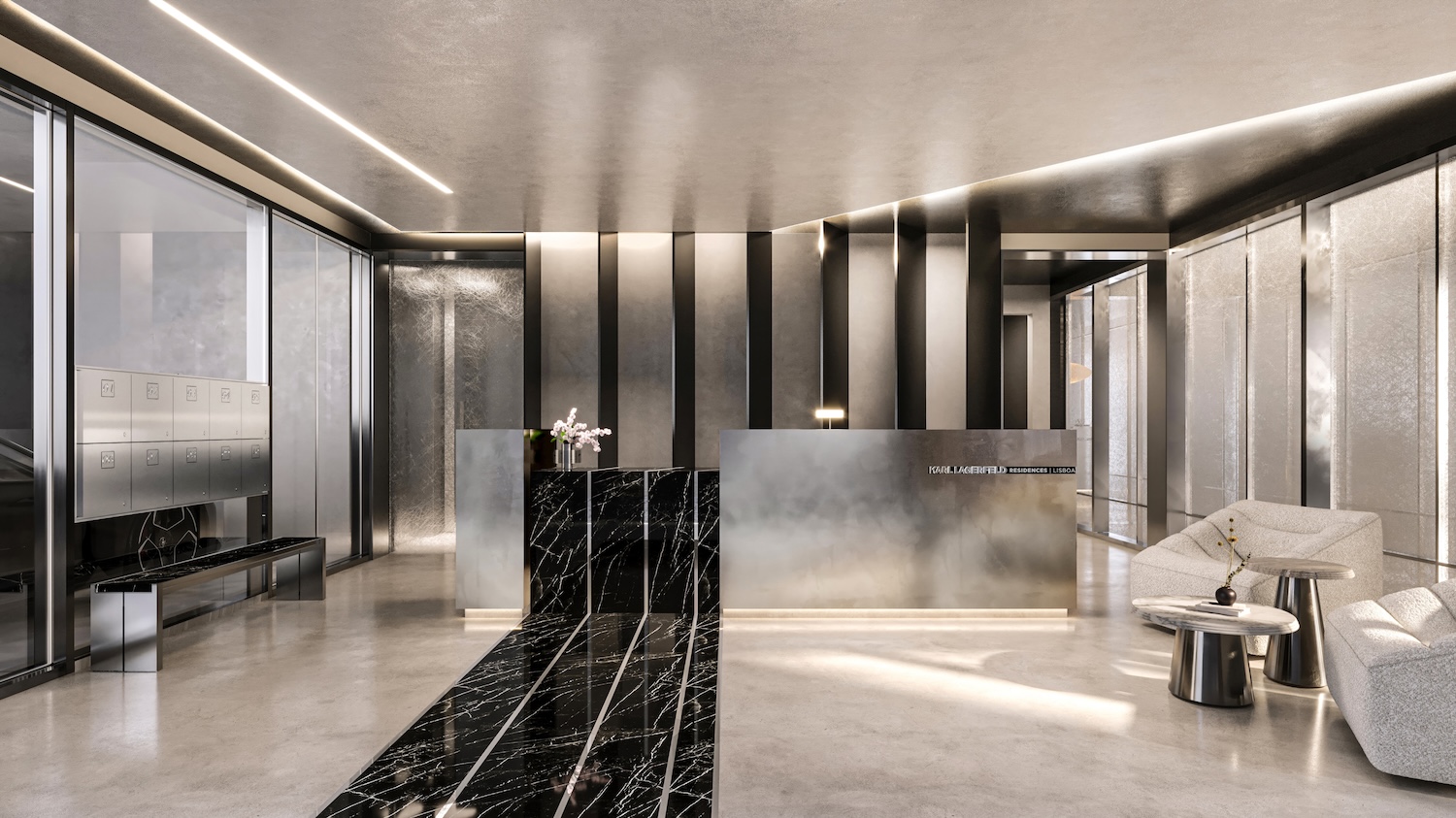

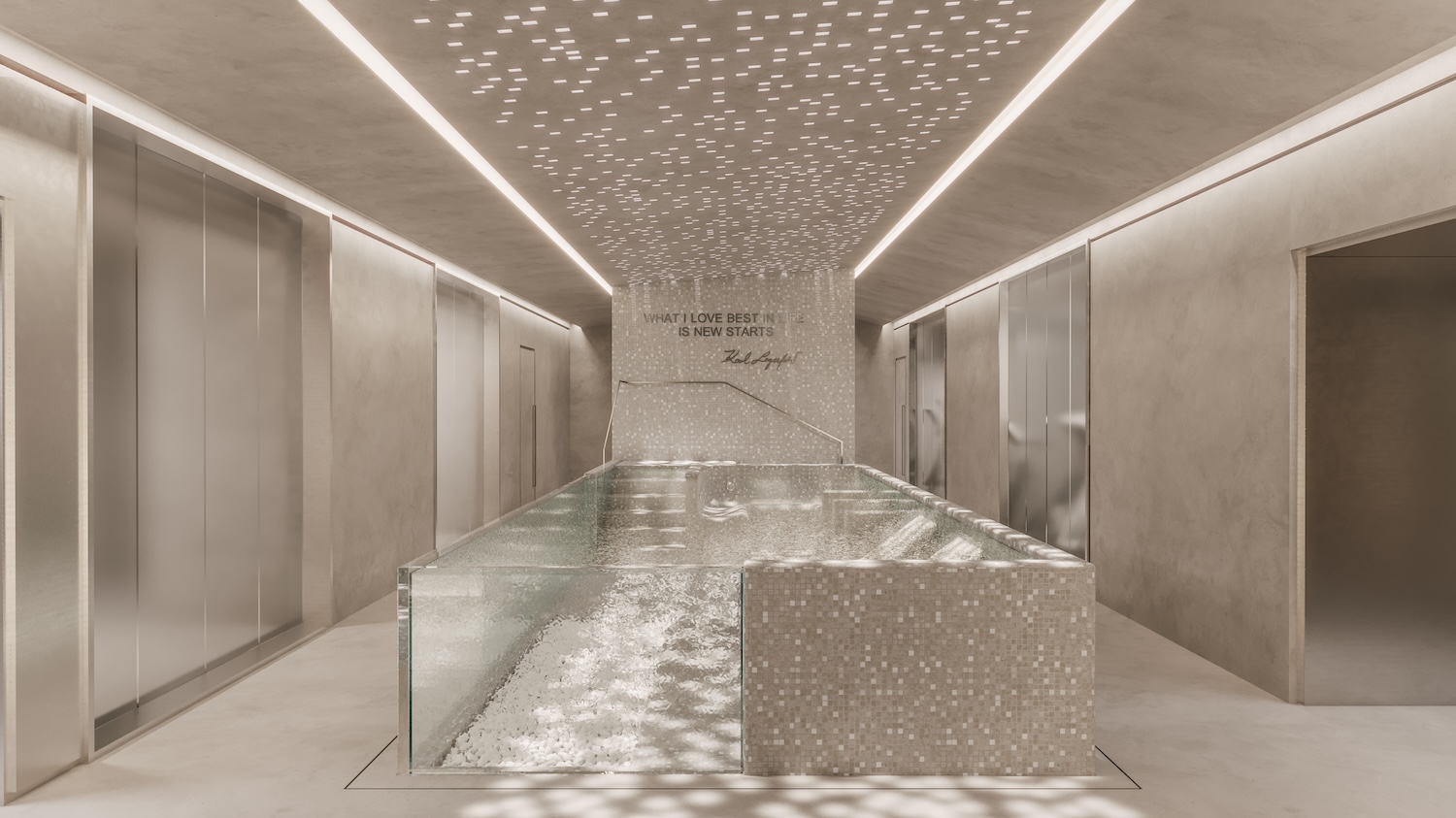
The amenities go far beyond standard concierge service. The wellness floor acts as a bridge between design and ritual, featuring an ‘emotional shower’ which uses a multi-sensory mix of light, sound and aromatherapy alongside a steam room, sauna and floating pool.
What truly separates this project from generic luxury developments are the specific references to Lagerfeld’s private life. The communal pool features an underwater sound system, a direct homage to the one Karl installed in his own beloved home in Biarritz because he believed music shouldn’t stop just because you are swimming.
The penthouse takes this boldness a step further with a private outdoor pool featuring a transparent floor that forms the ceiling of the level below. It creates a dizzying, daring layer of transparency that feels ripped straight from a futuristic runway set.
With completion slated for 2028, the residences promise to be a truly innovative living space, practically existing within a piece of art.
photography. courtesy of Karl Lagerfeld
words. Gennaro Costanzo

















